Learn to launch and optimize your business in e-commerce with marketing, CRO and multichannel management strategies
The Online Business Specialization is designed for those looking to launch and optimize their e-commerce presence. Over eight courses, it offers tools for creating an online store from scratch, implementing effective marketing strategies, and improving sales conversions. You'll learn how to design an attractive storefront, manage platforms like Etsy, Amazon, and Society6, and use email marketing to build customer loyalty. Each course focuses on a key aspect, from creating a value proposition to optimizing store performance.
The course includes knowledge of branding, positioning, social media, and conversion rate optimization techniques. The goal is that upon completion, you'll be able to apply what you've learned to successfully manage a multi-channel store and scale your sales. The specialization is complemented by practical projects that allow you to develop a comprehensive marketing strategy, launch stores on different platforms, and create automated email marketing campaigns. With the guidance of Karl Covarrubias, Jorge García Gómez, Ignacio Arriaga, Jorge Hdz Losa, Depeapa, Héctor and Gerry, and Alisa Galitsyna, you'll gain a comprehensive understanding of the digital ecosystem.
What will you learn in this specialization?
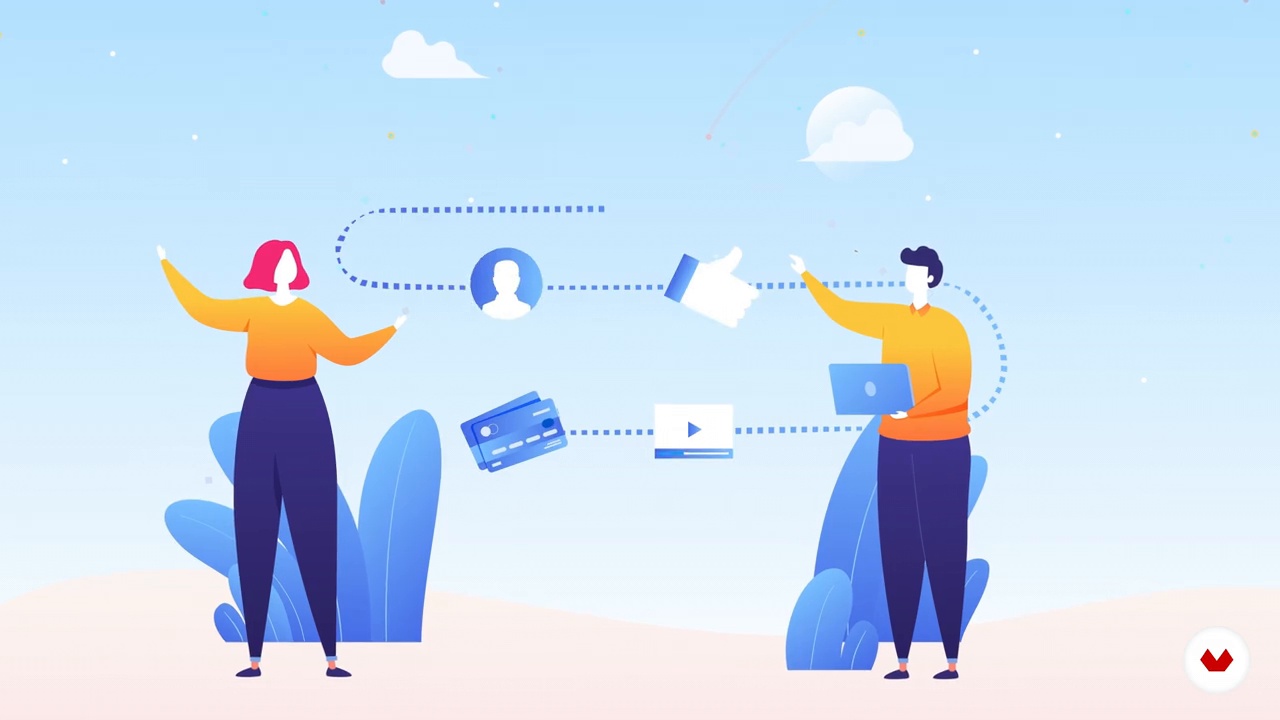




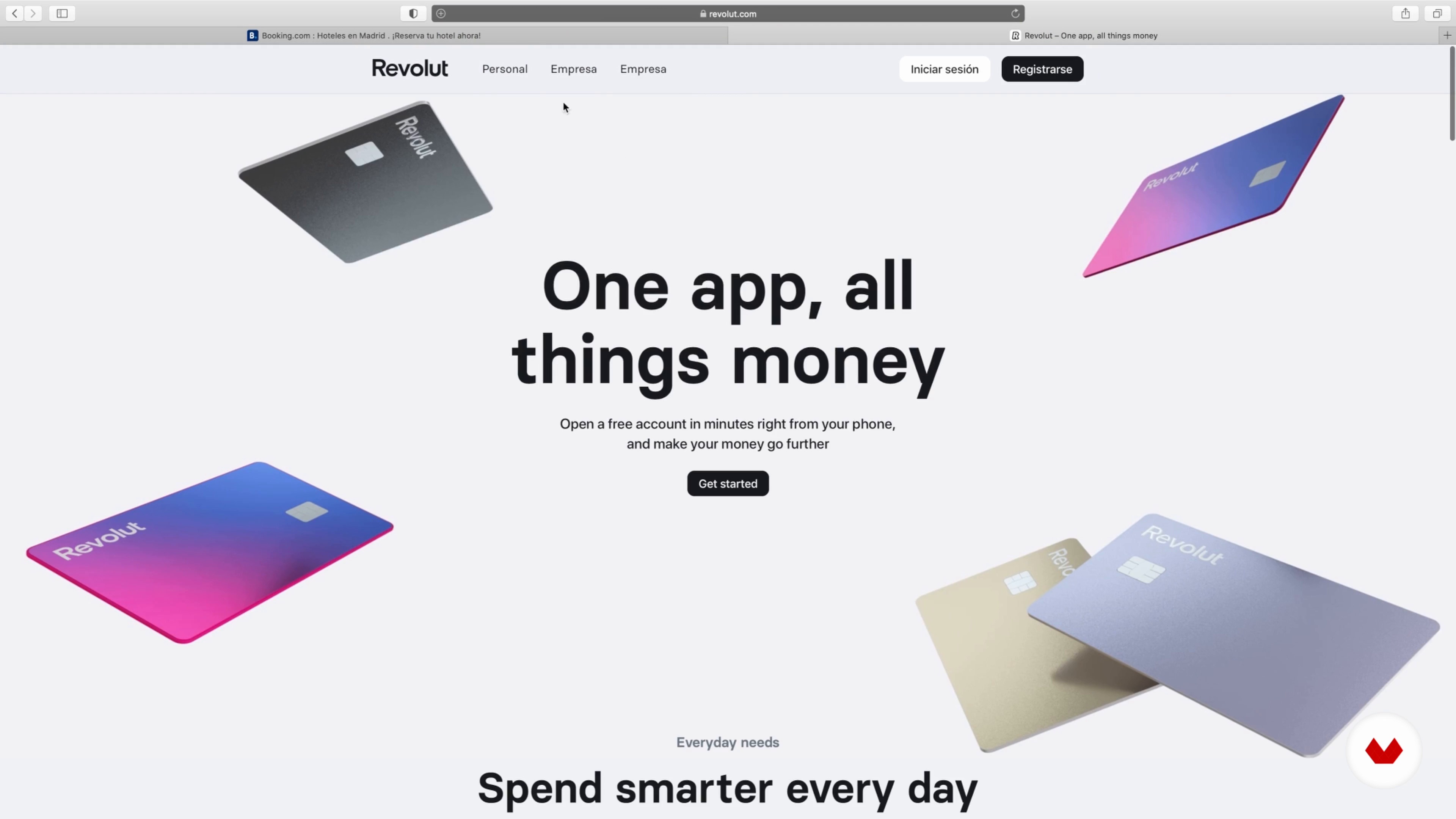



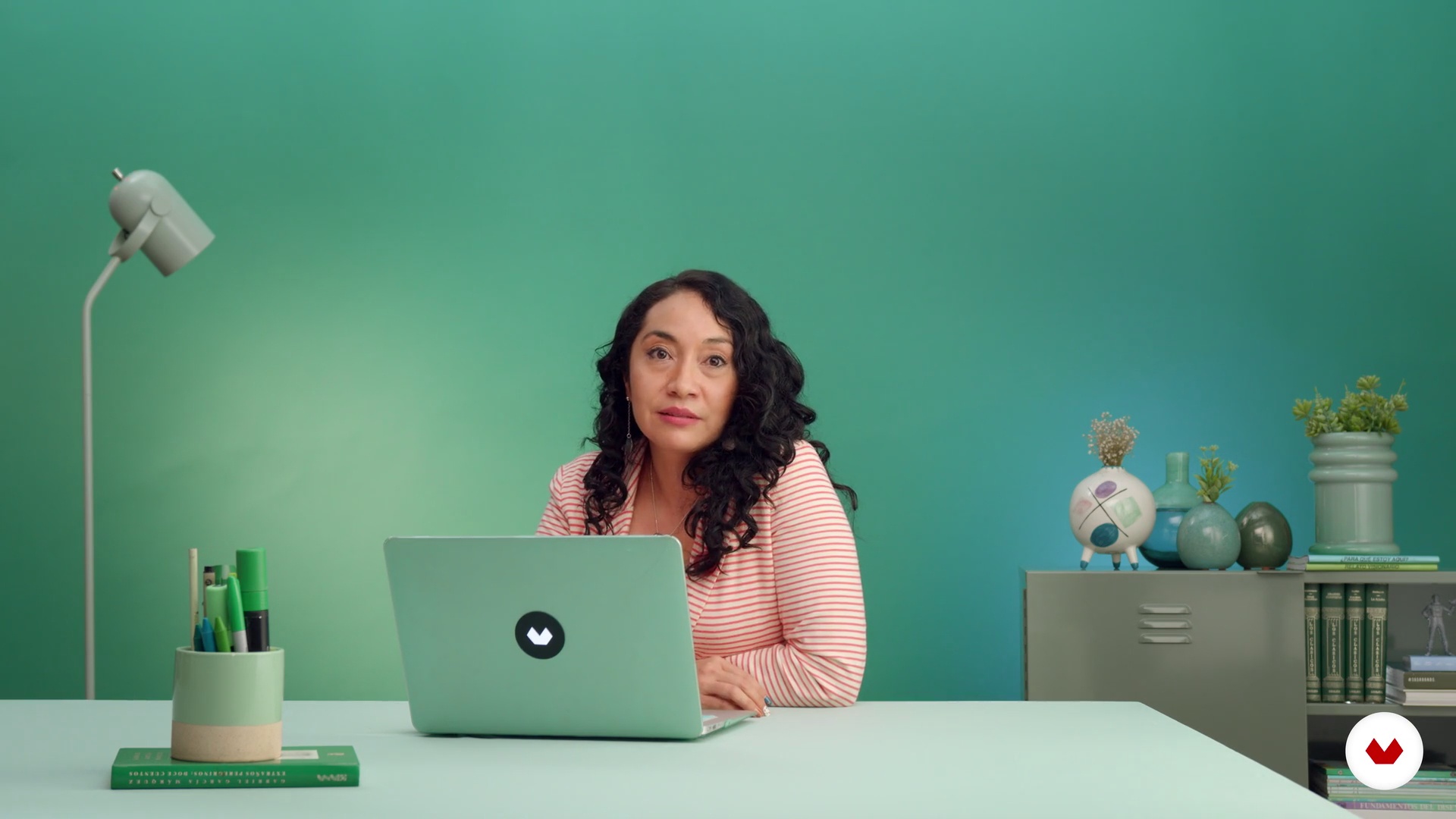

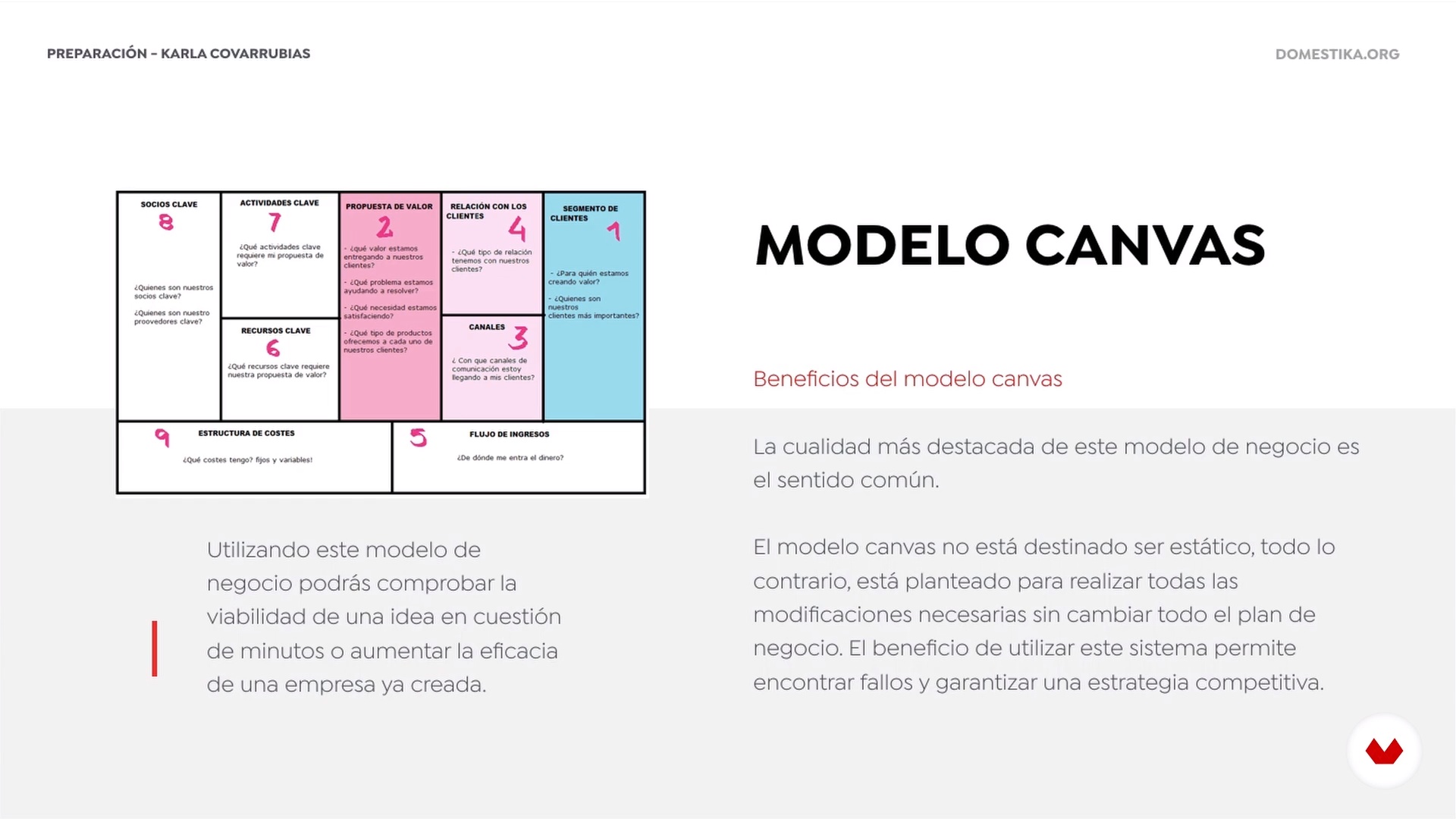


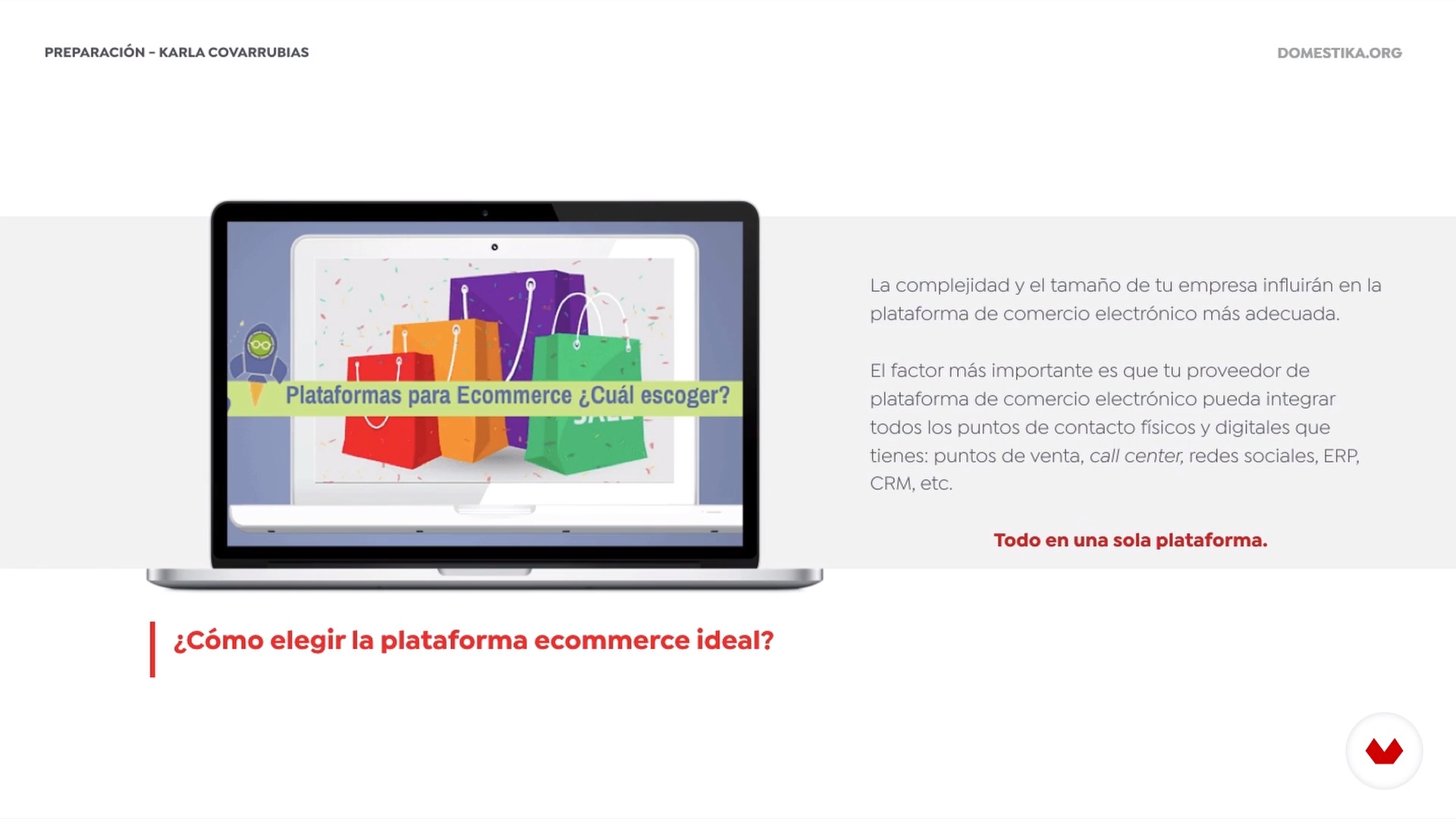




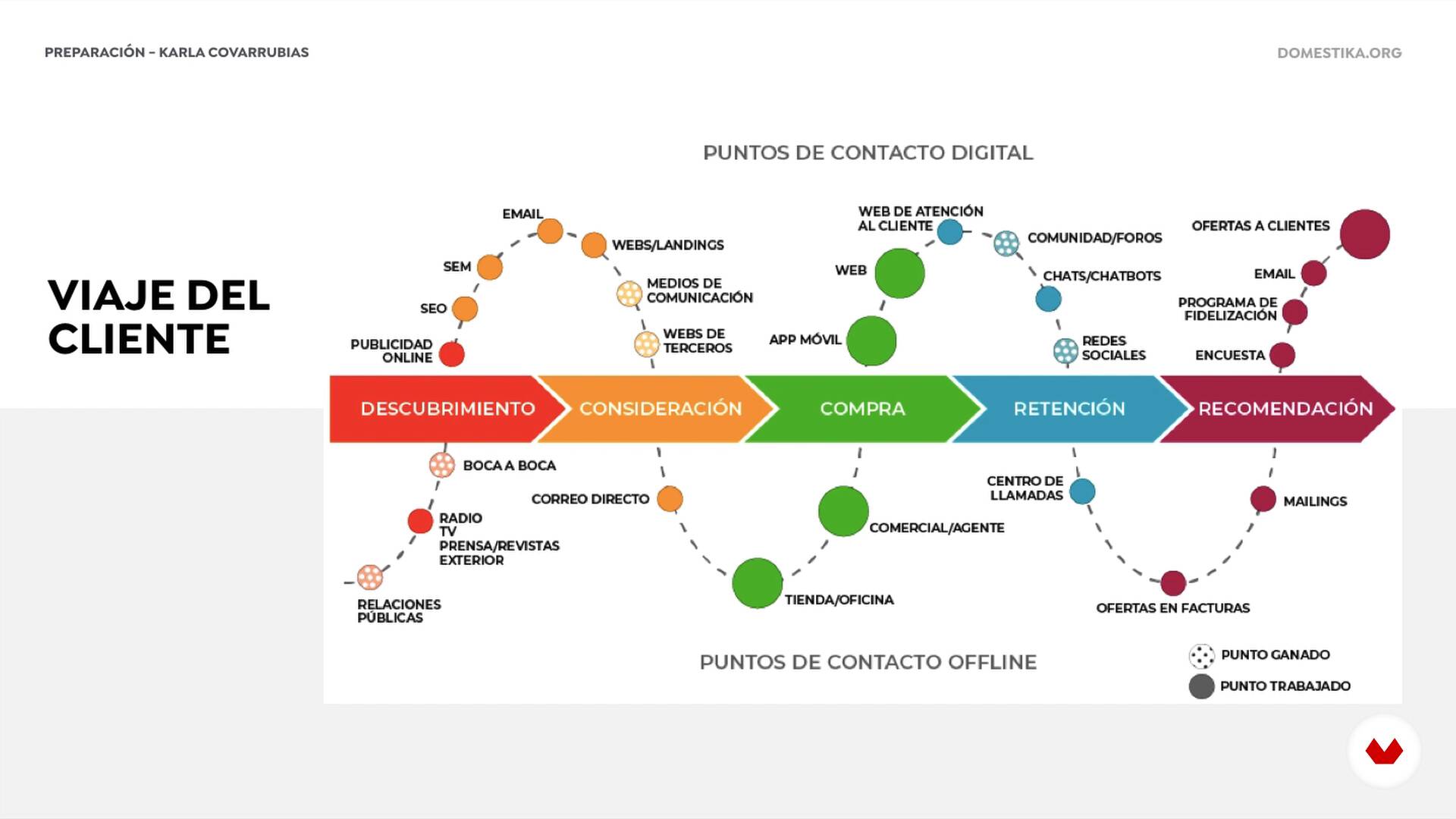
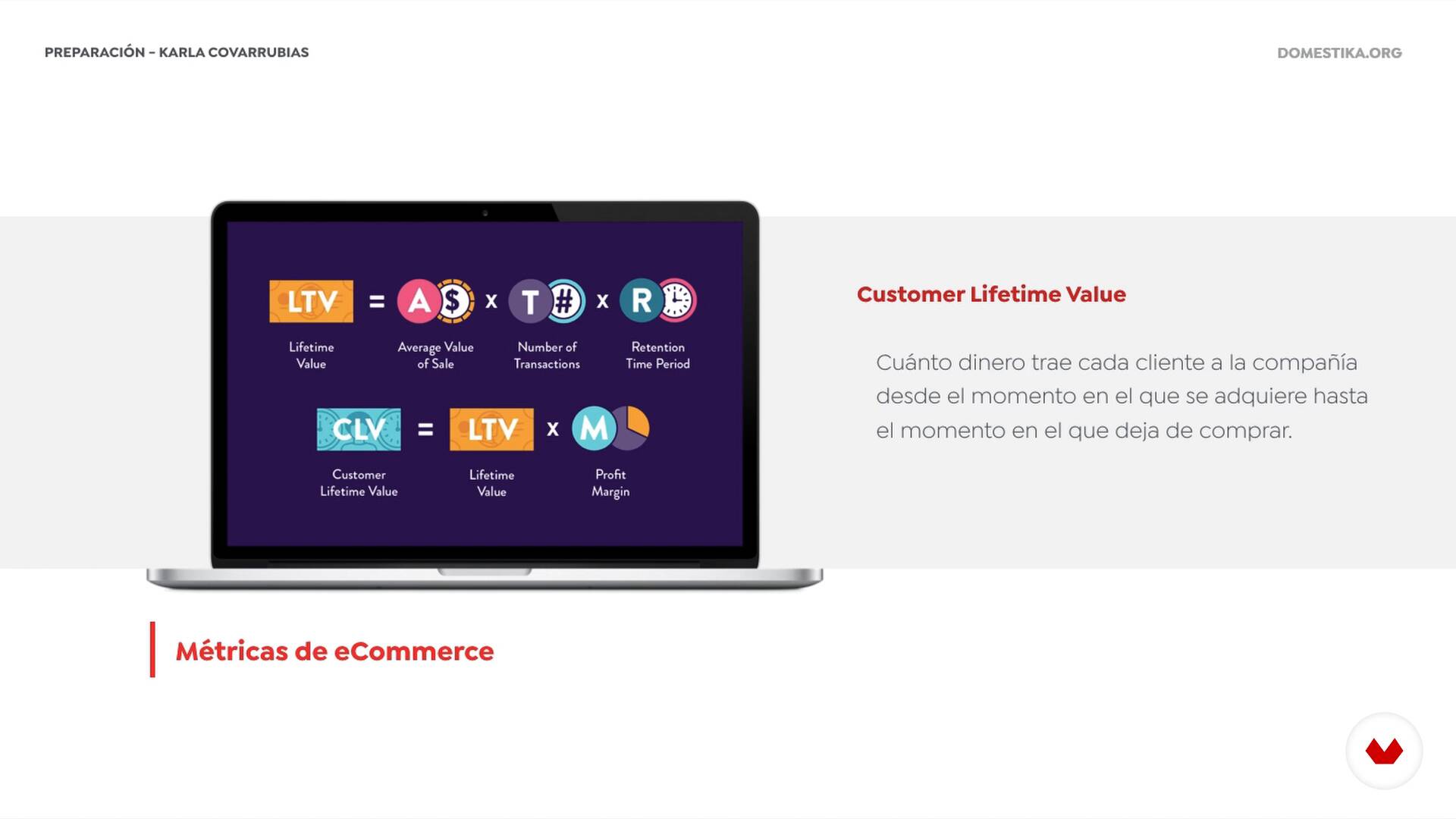
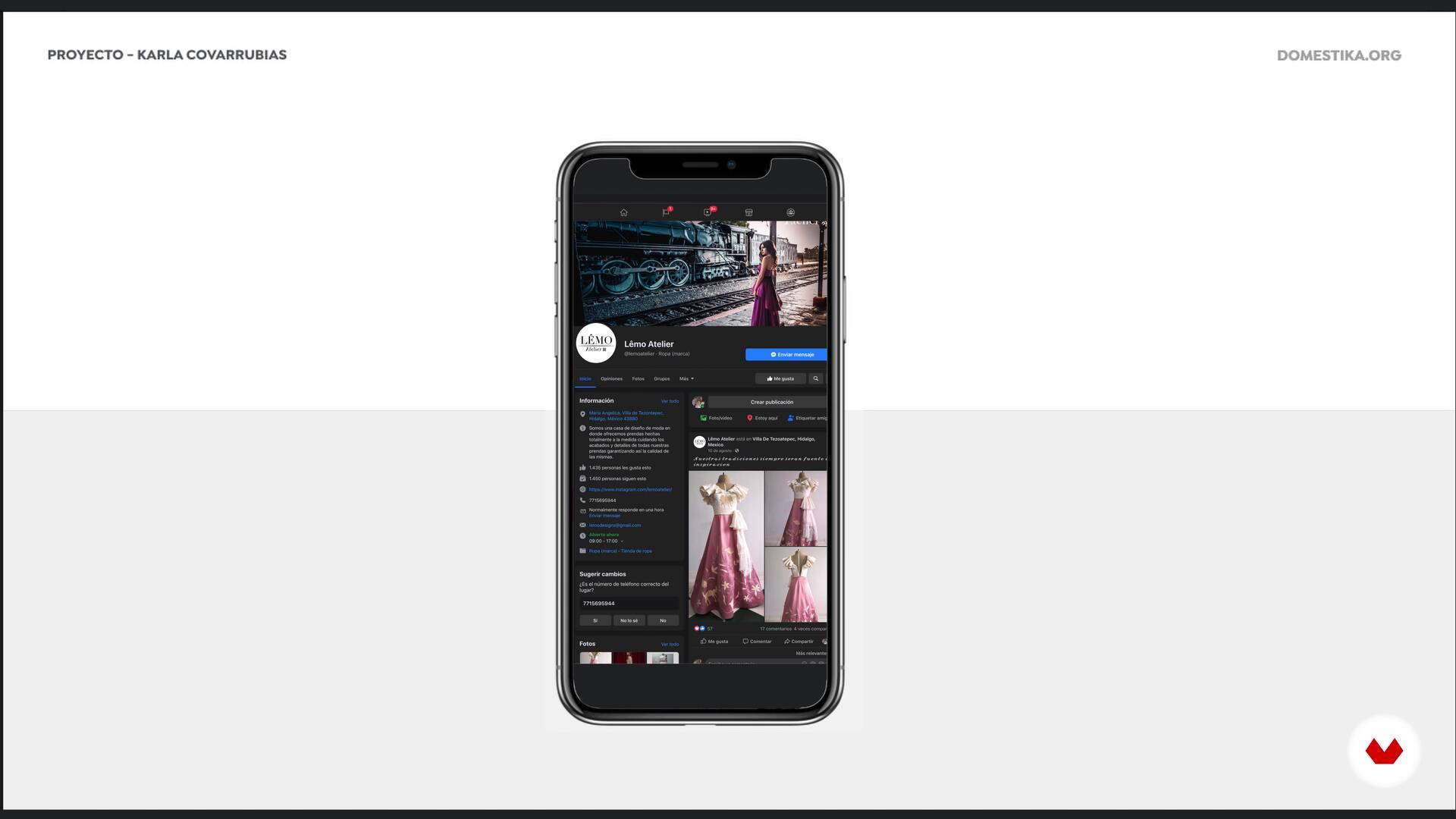
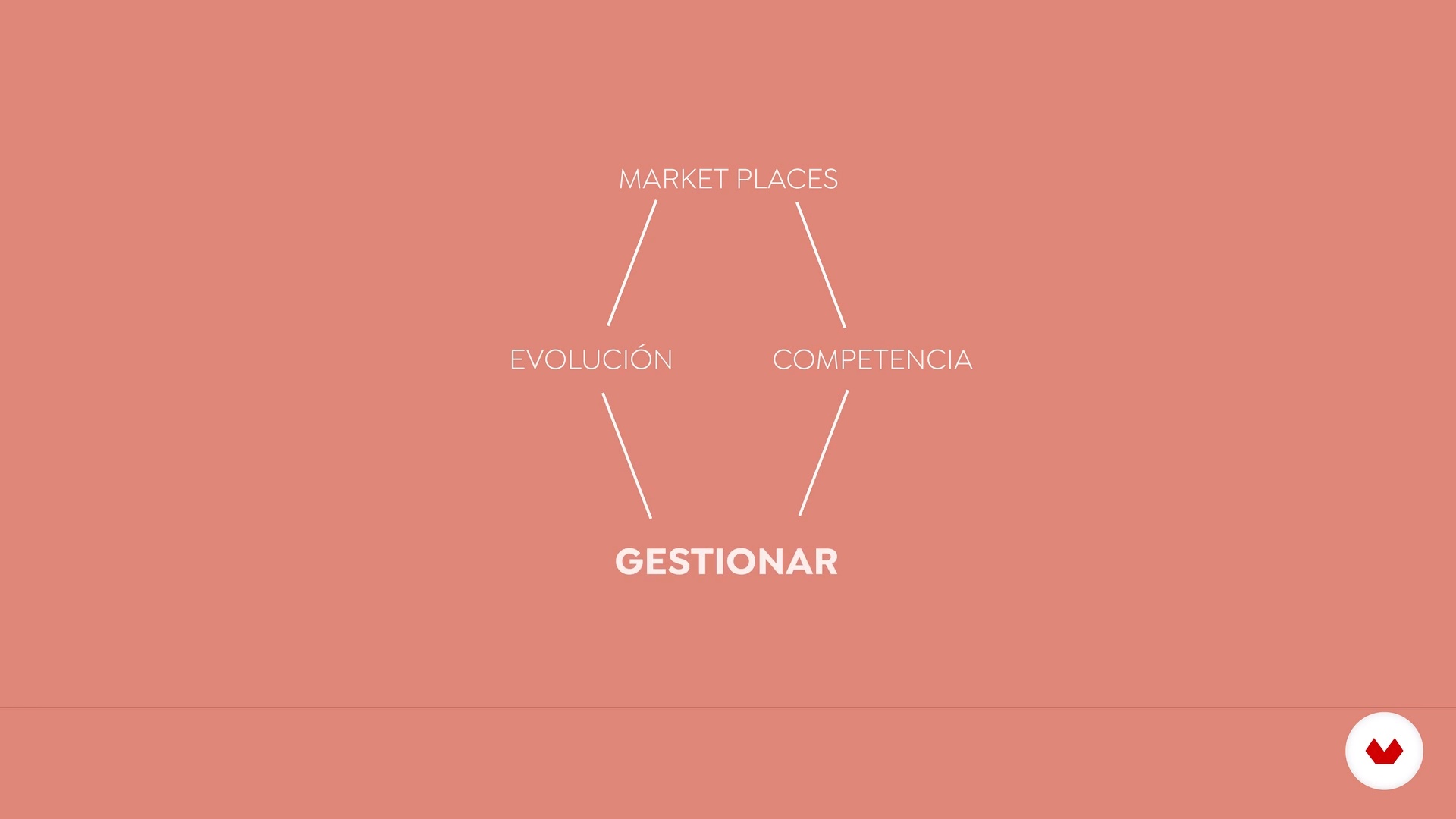
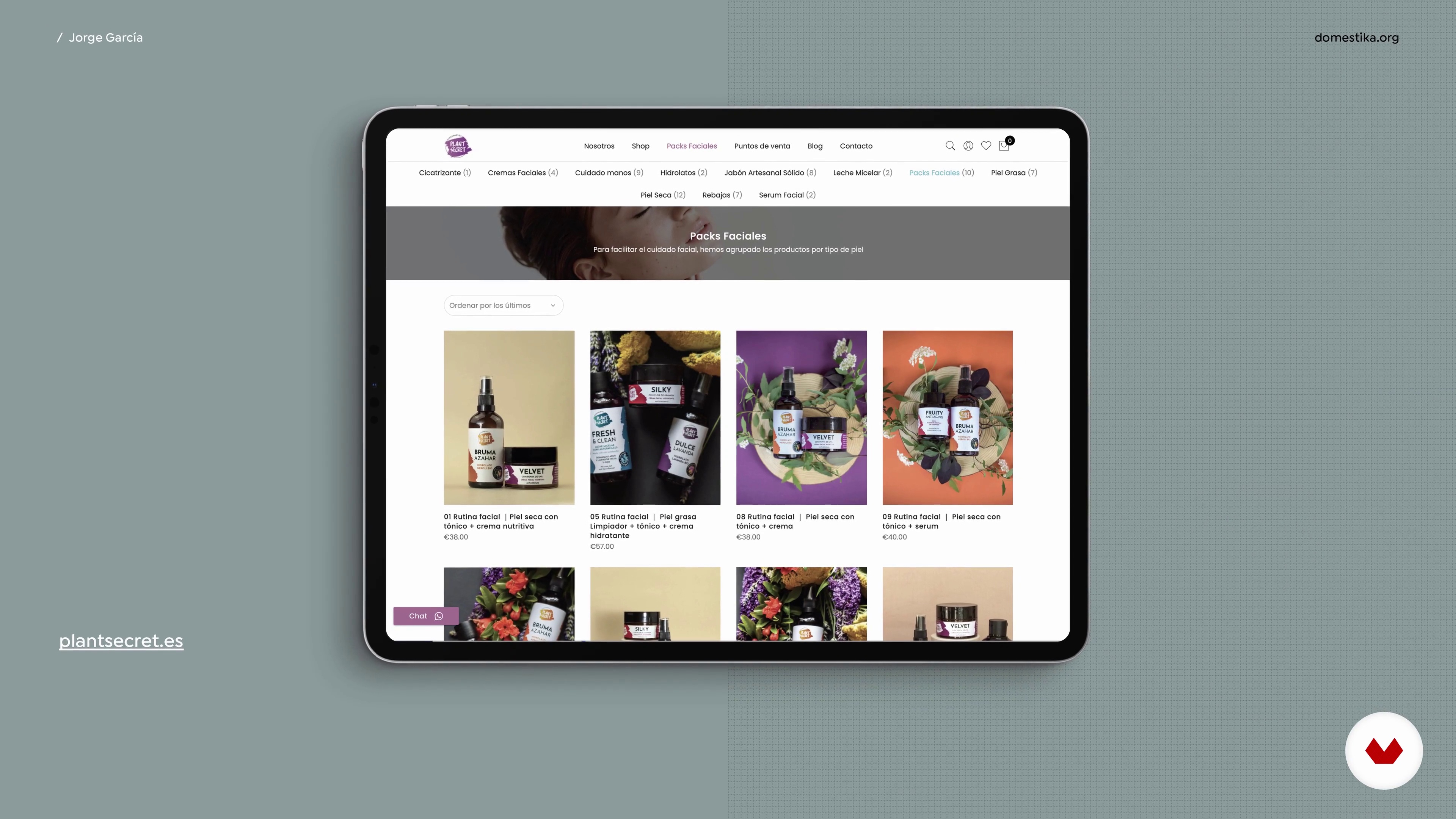

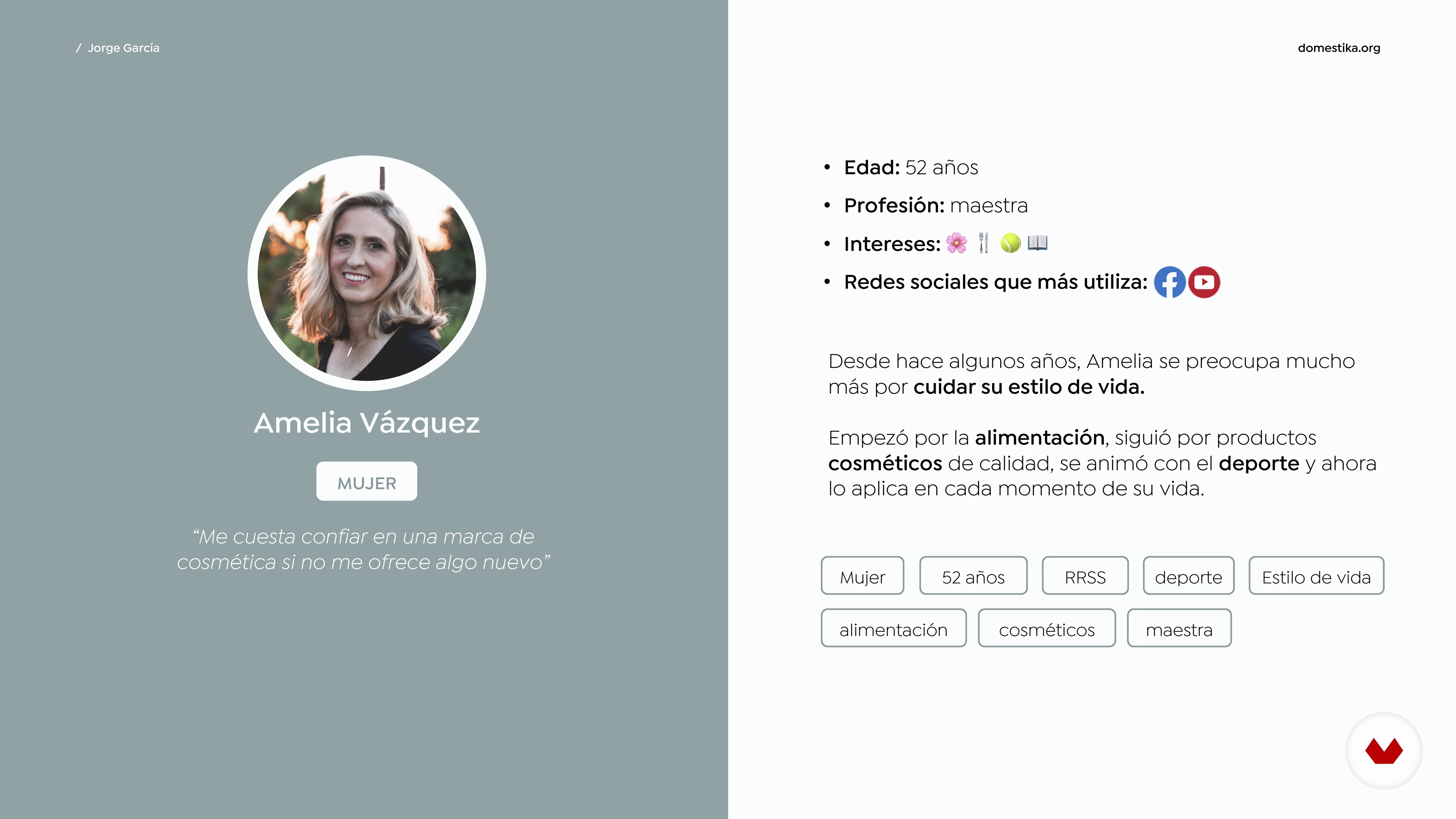


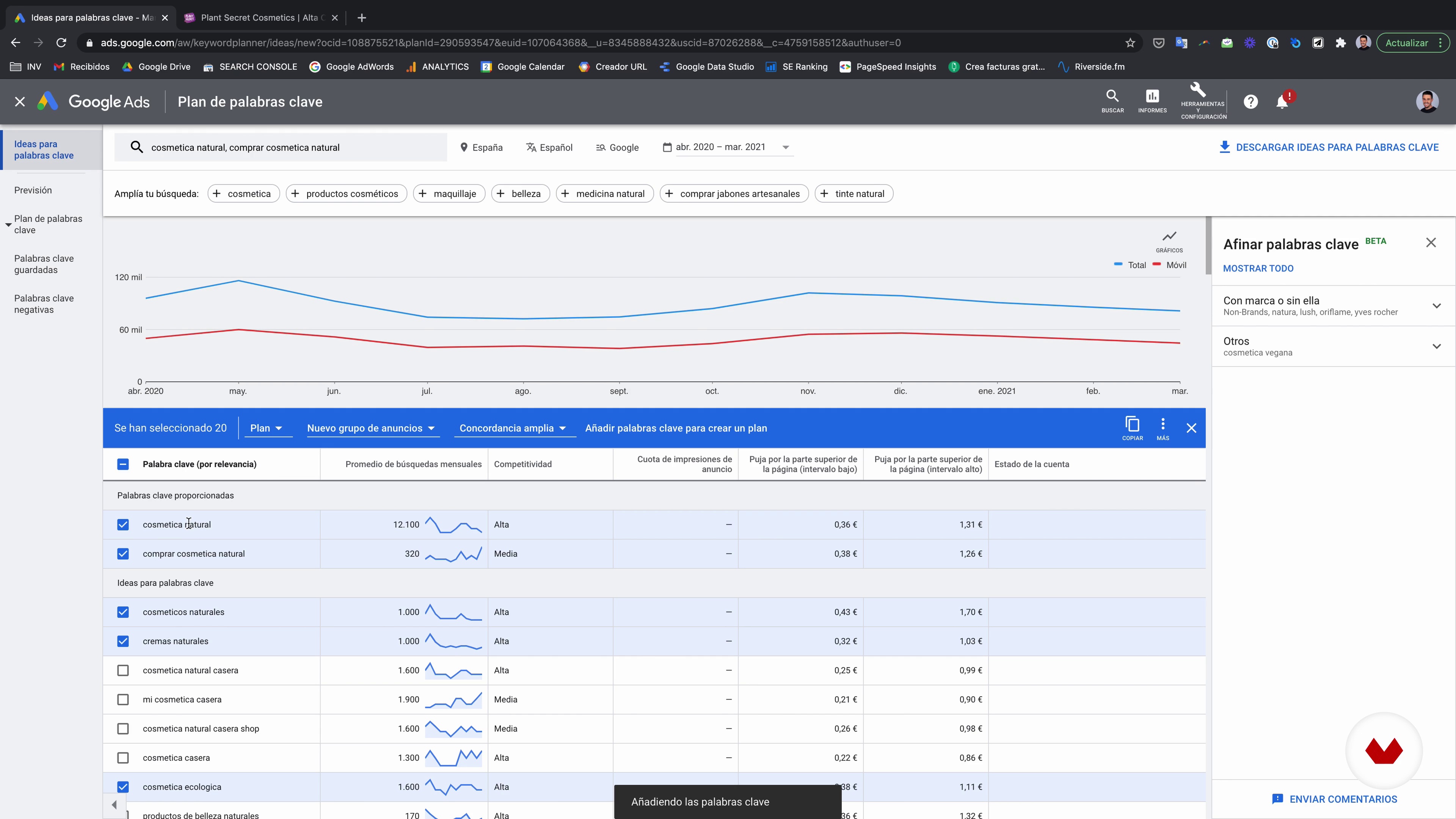
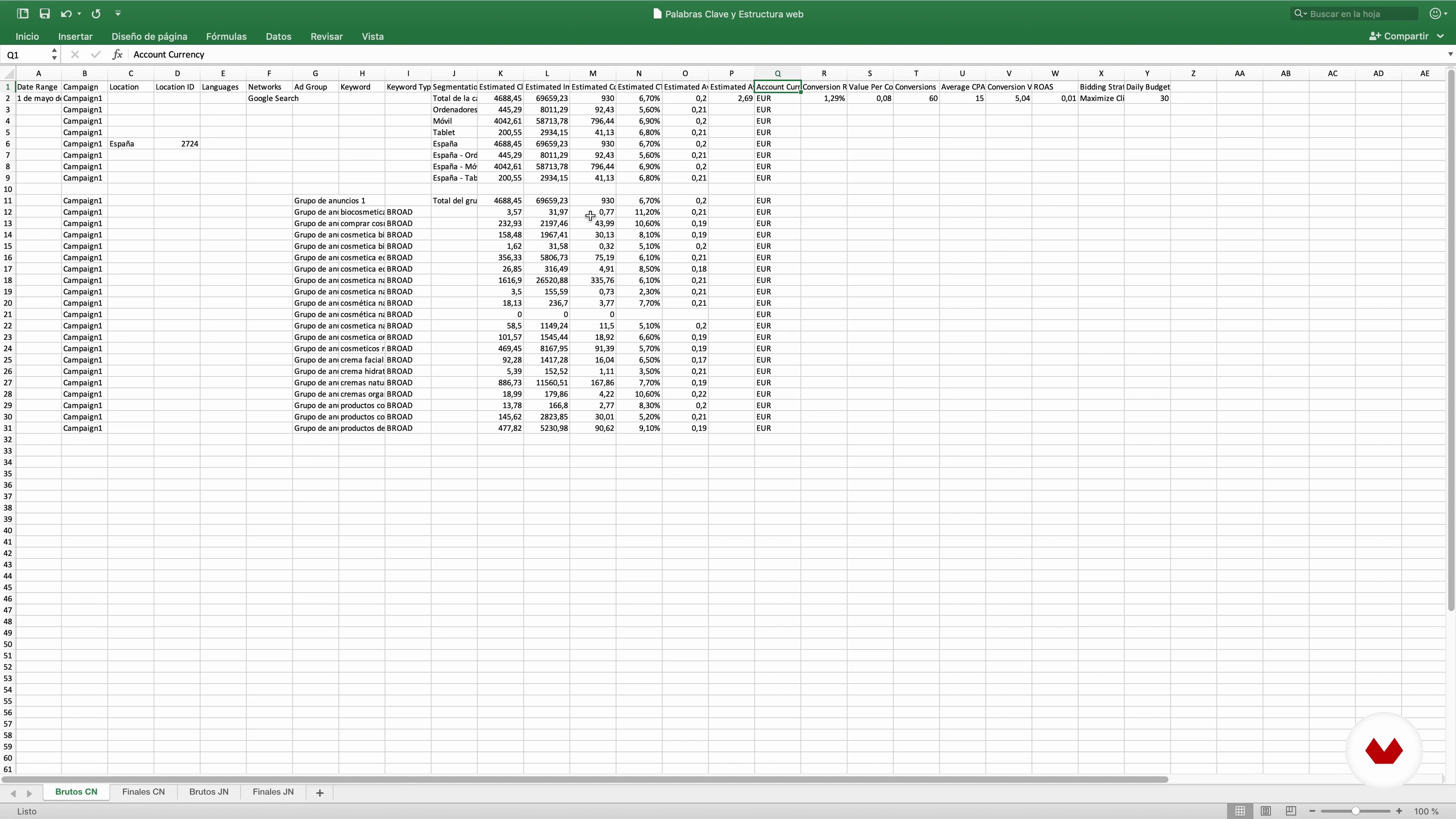
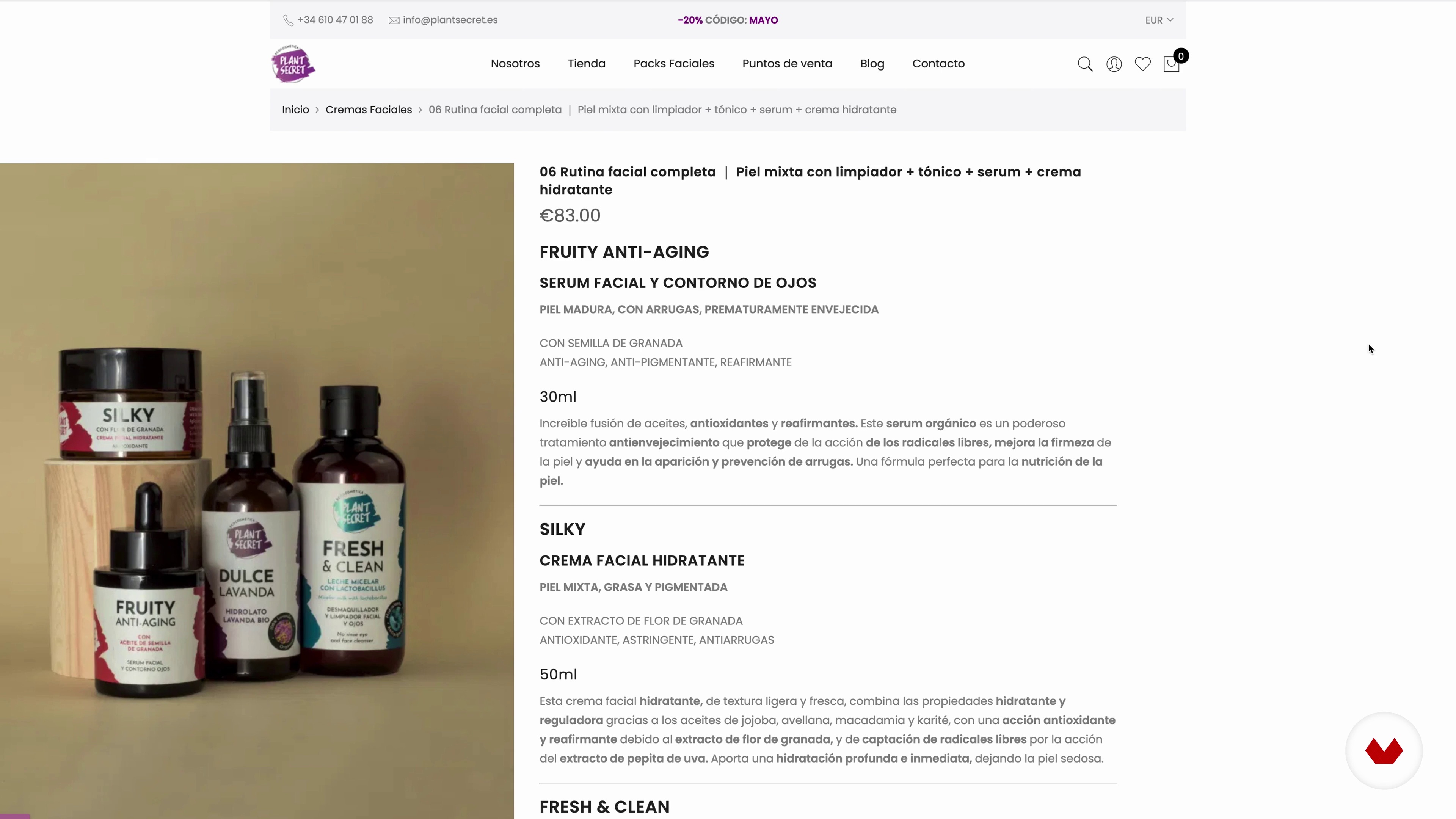

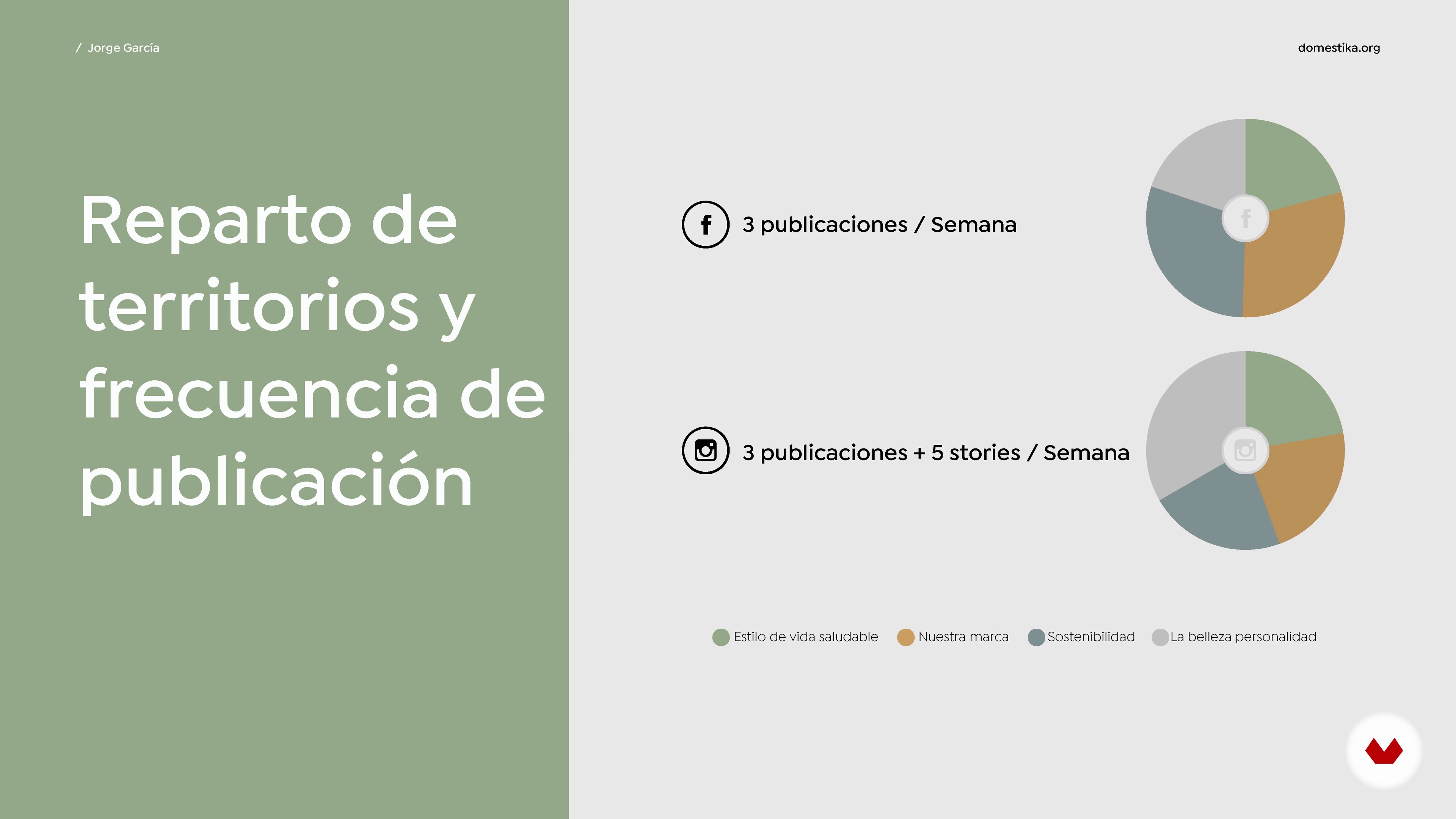
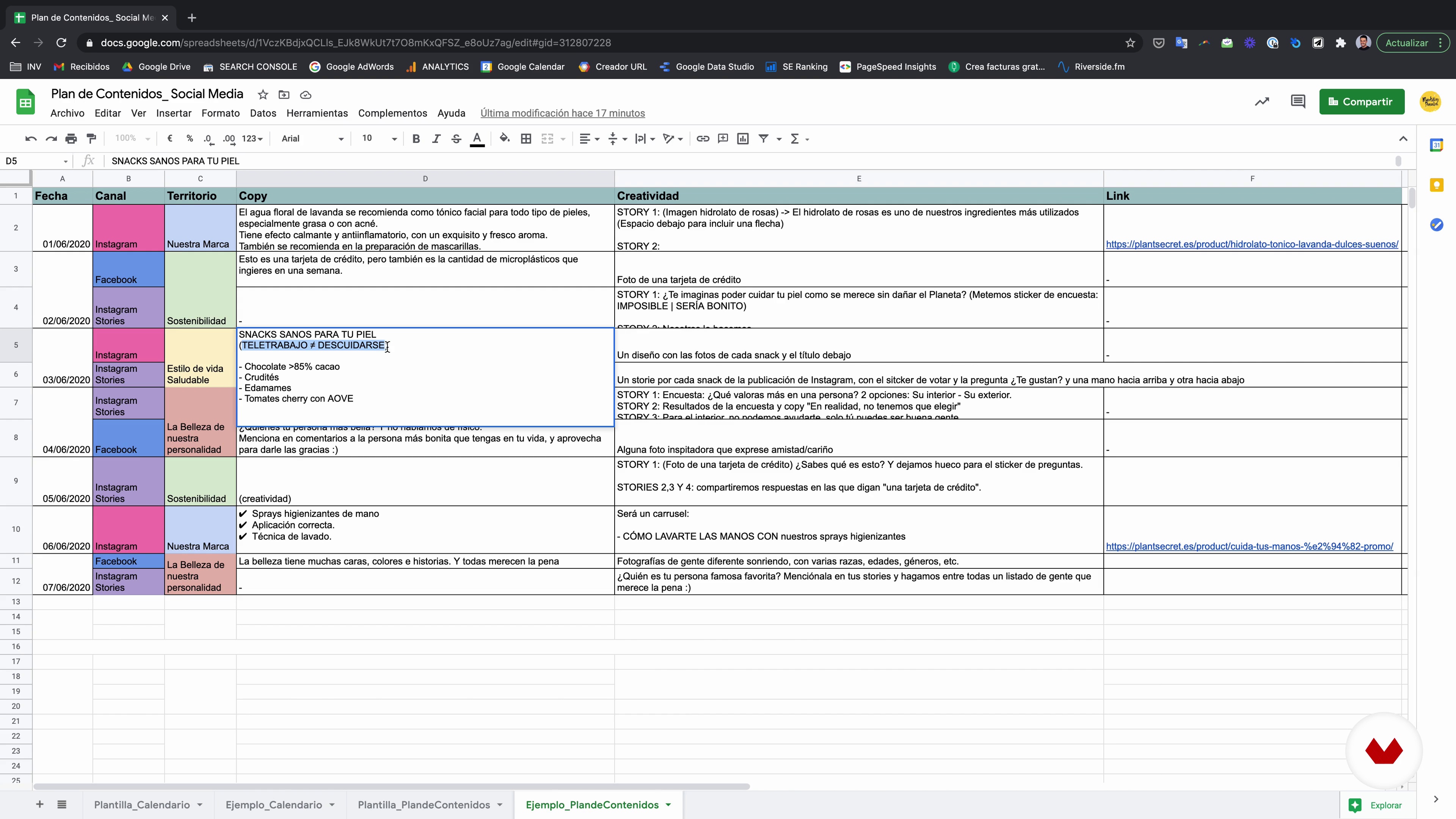
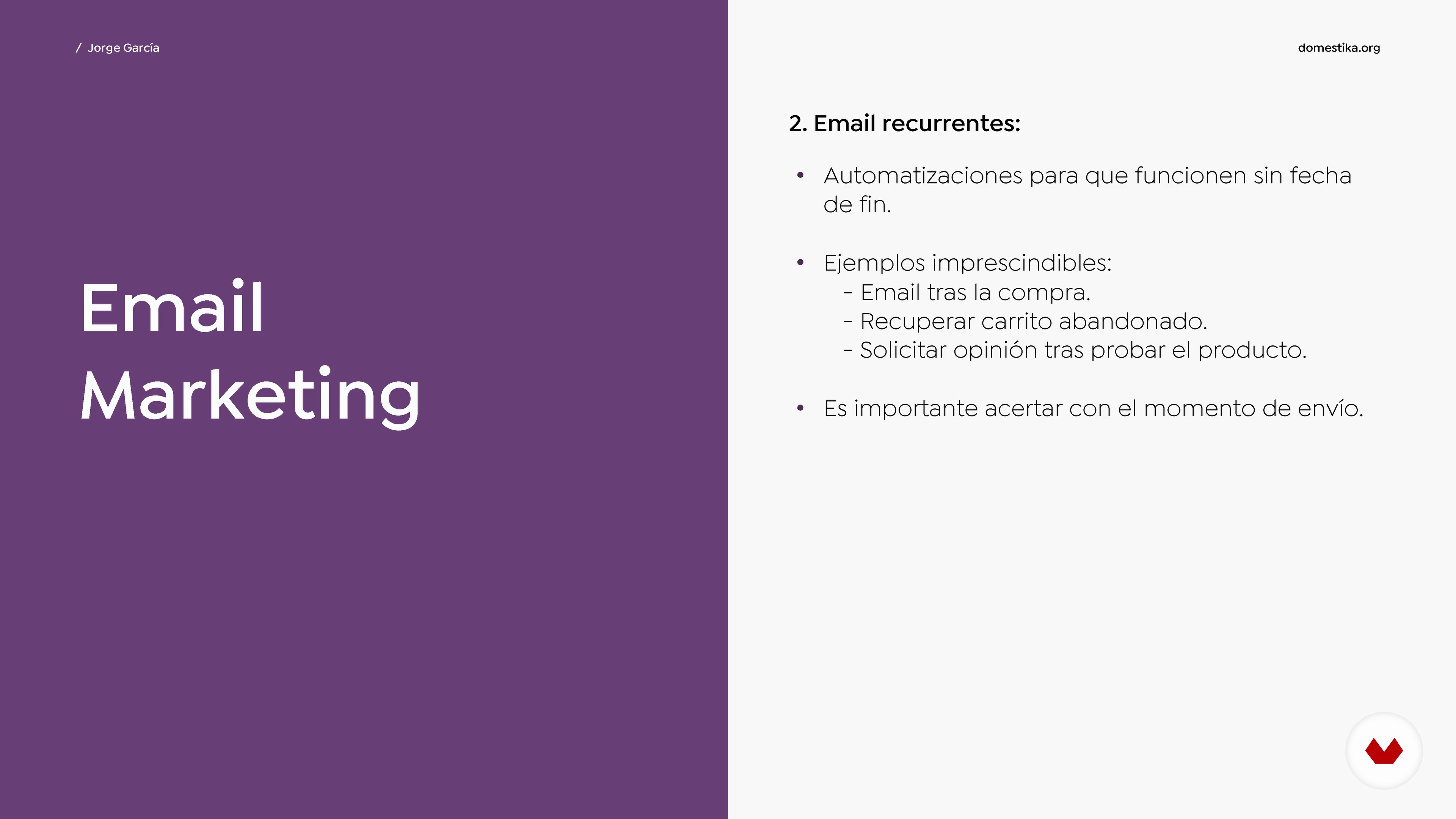
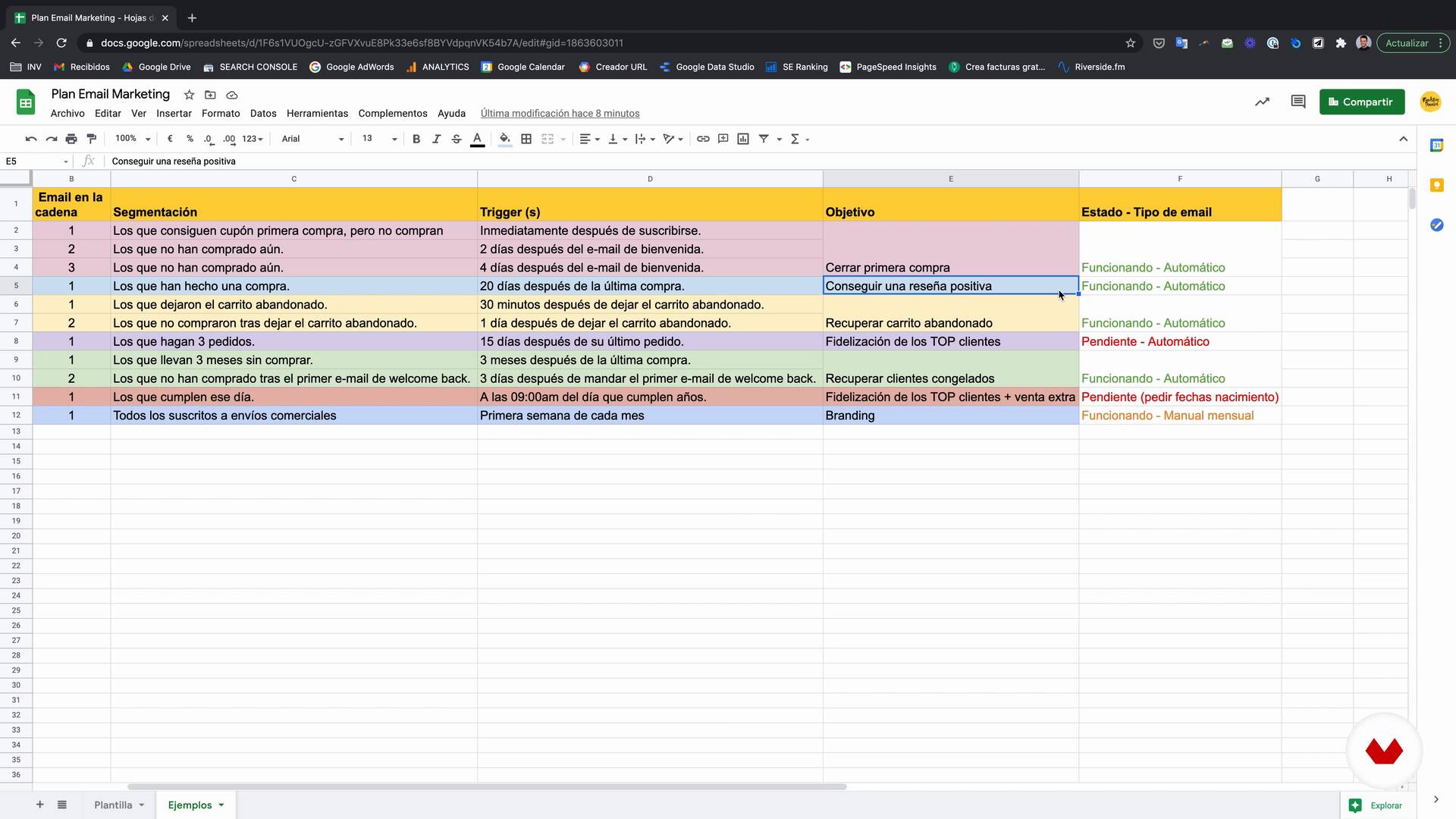





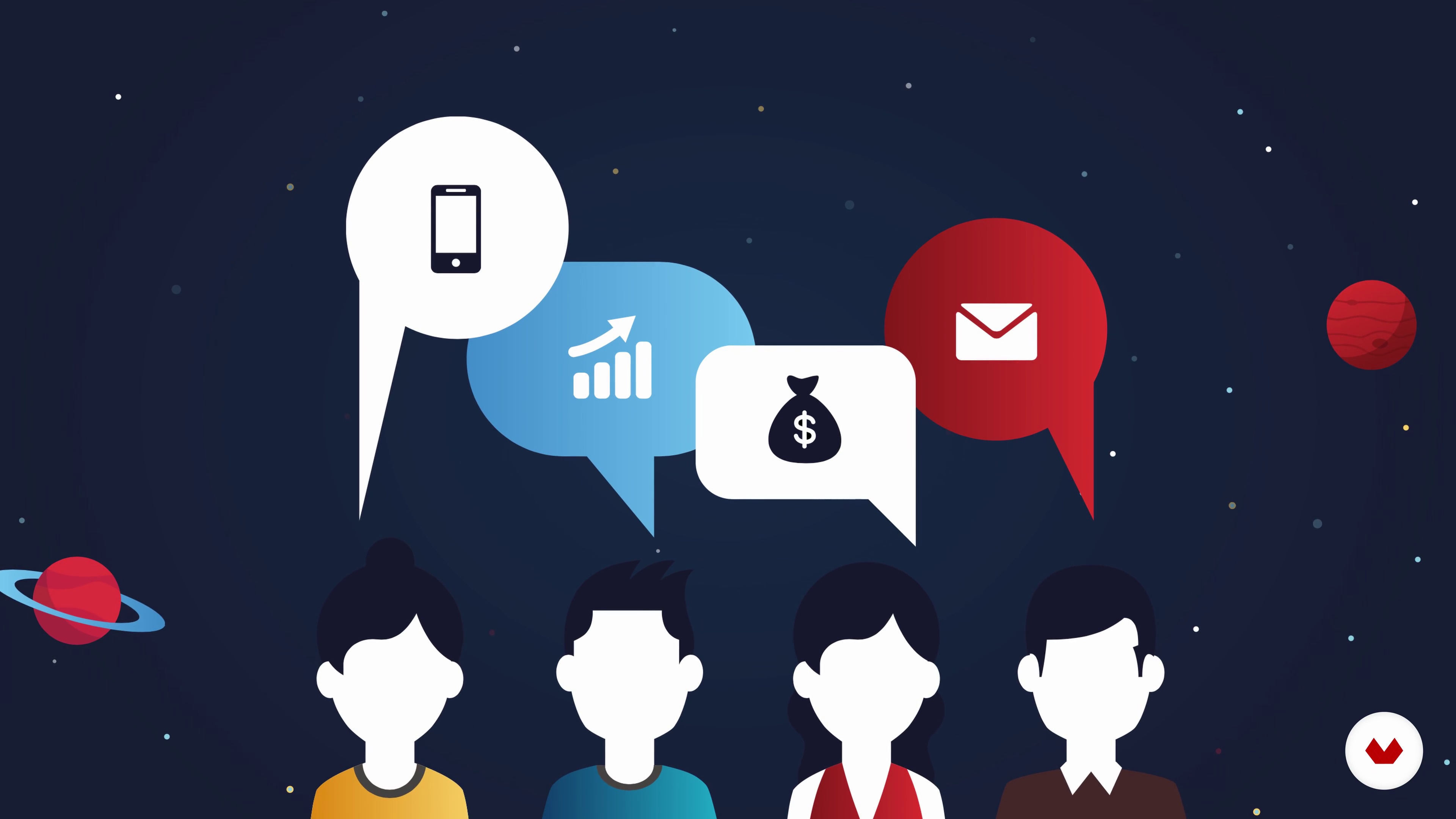



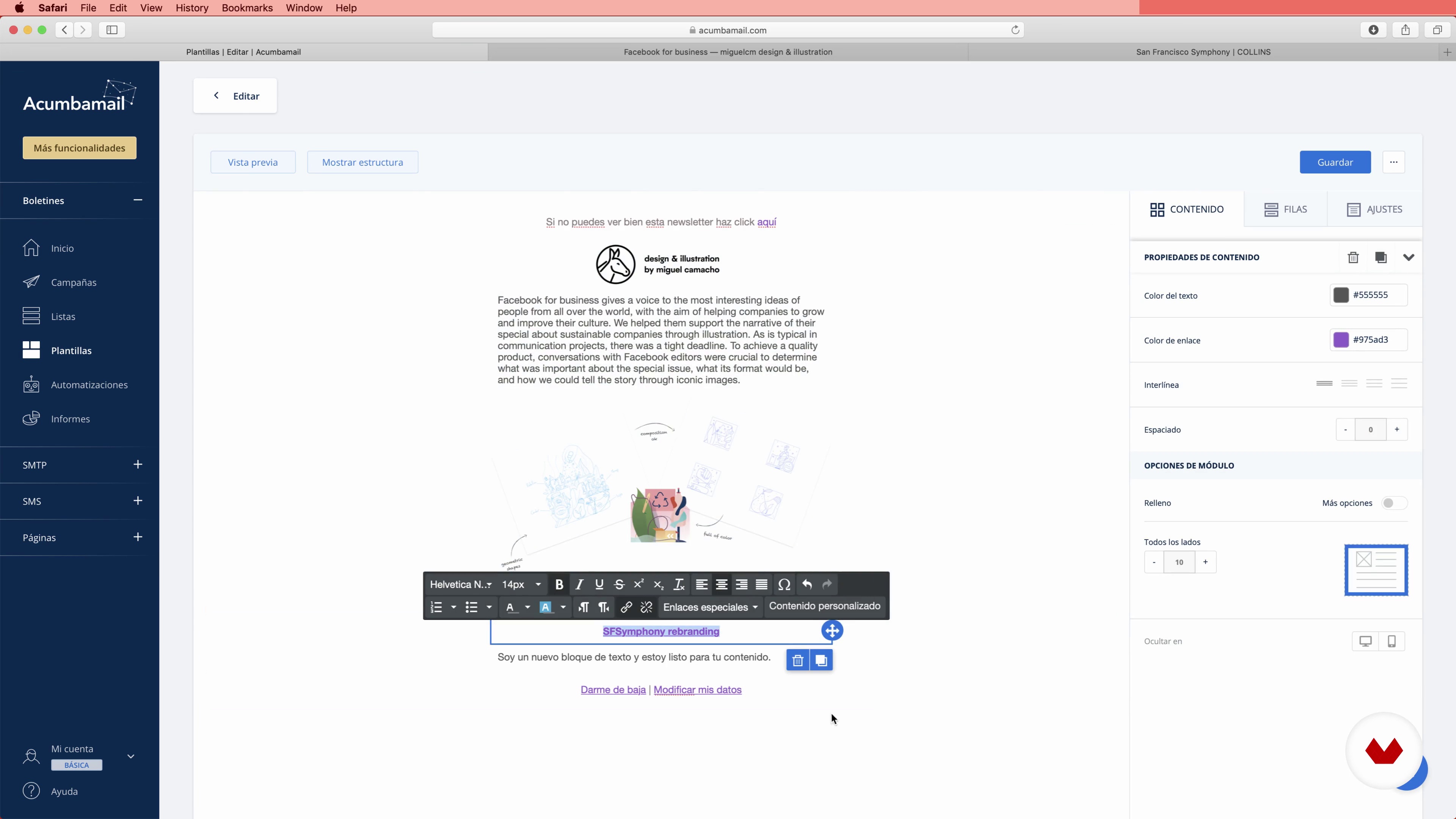
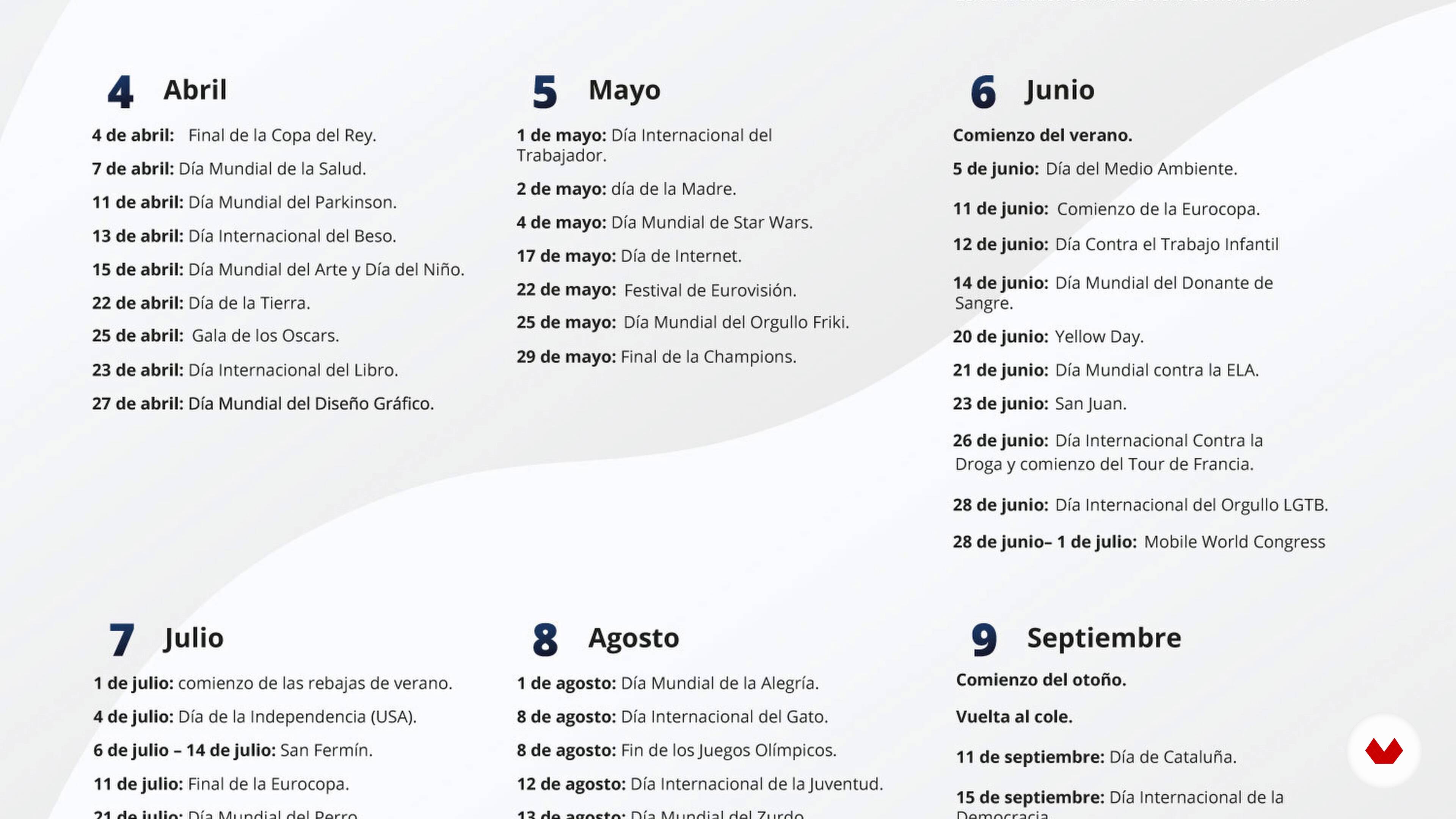
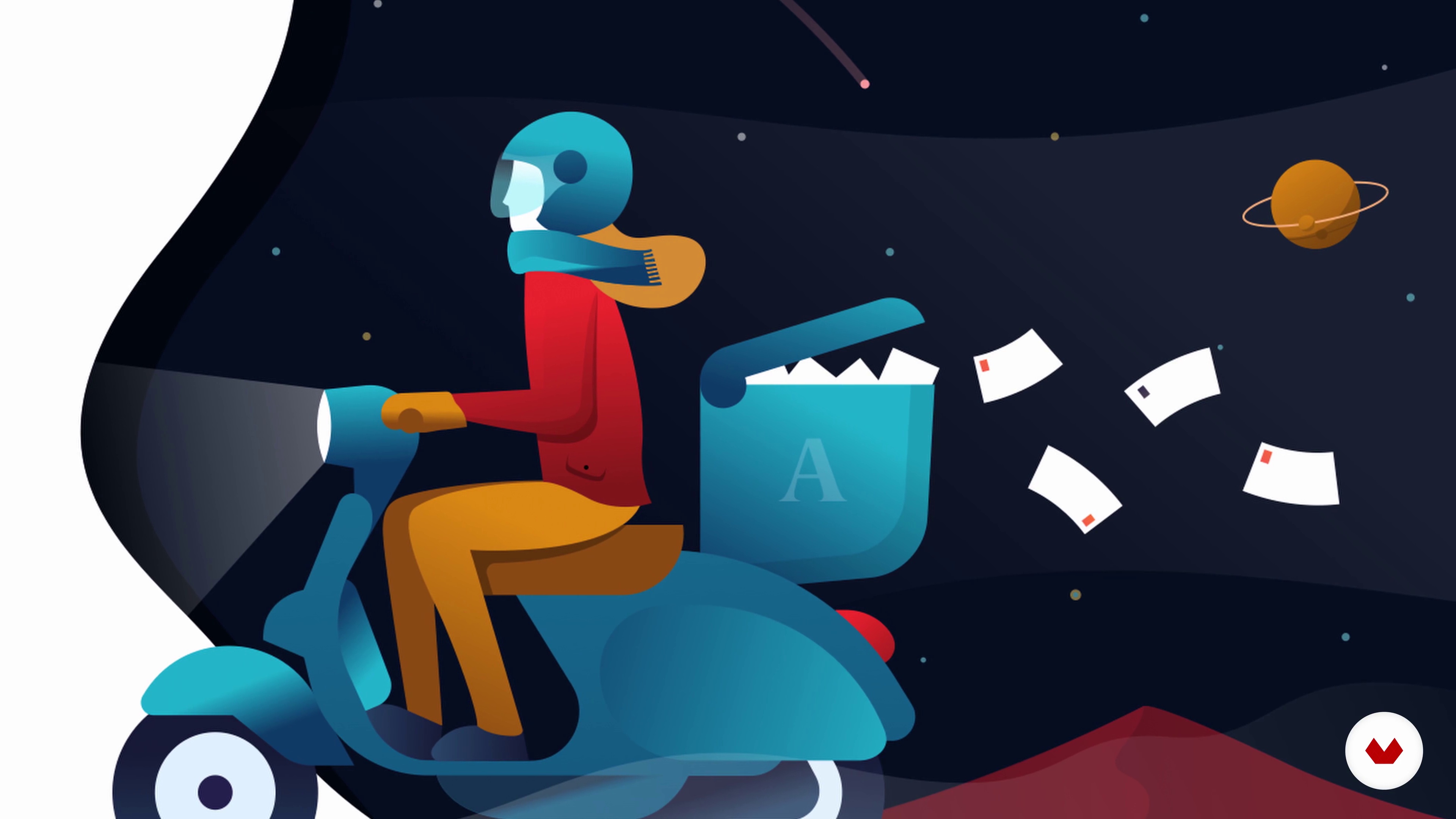





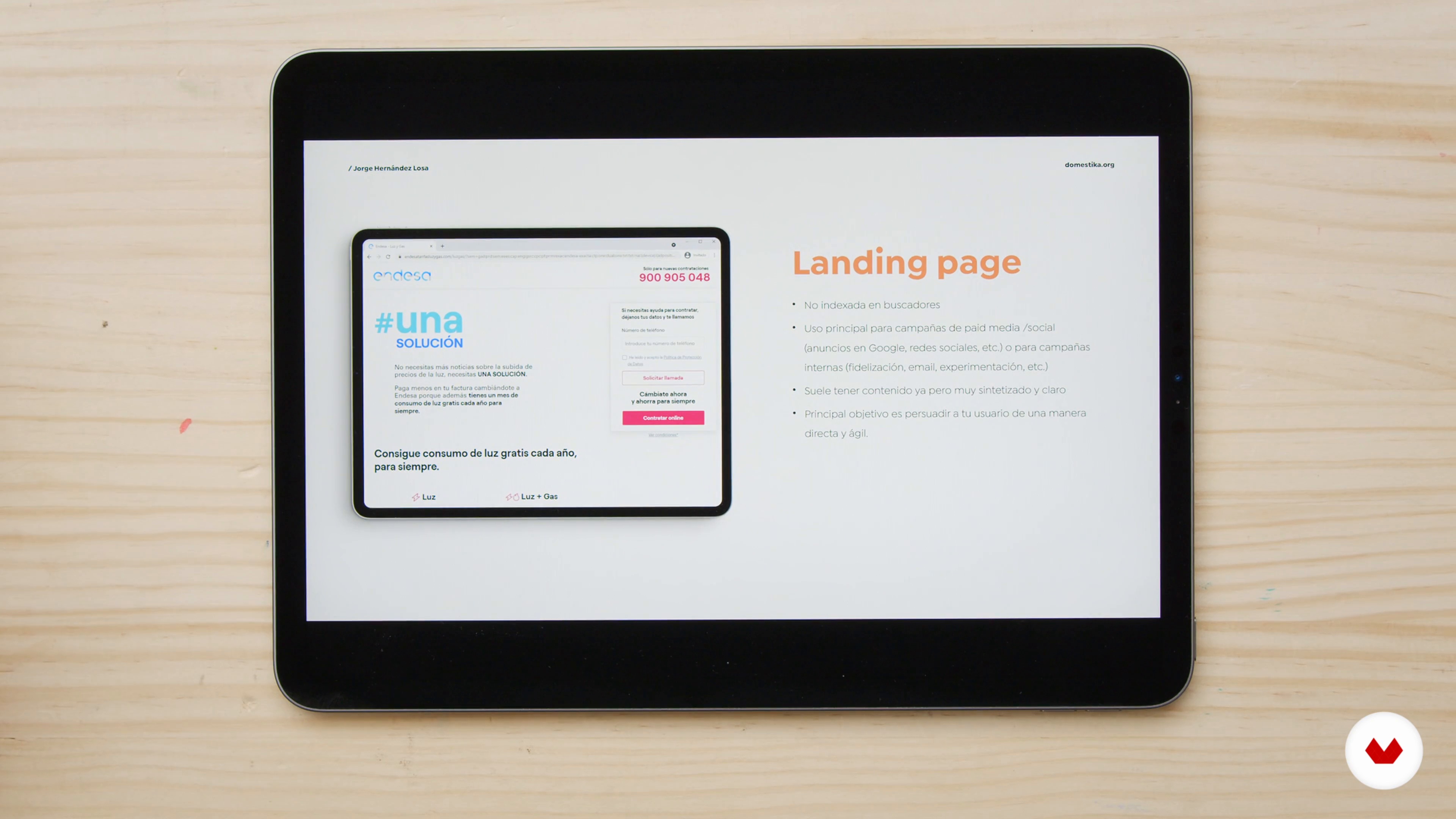

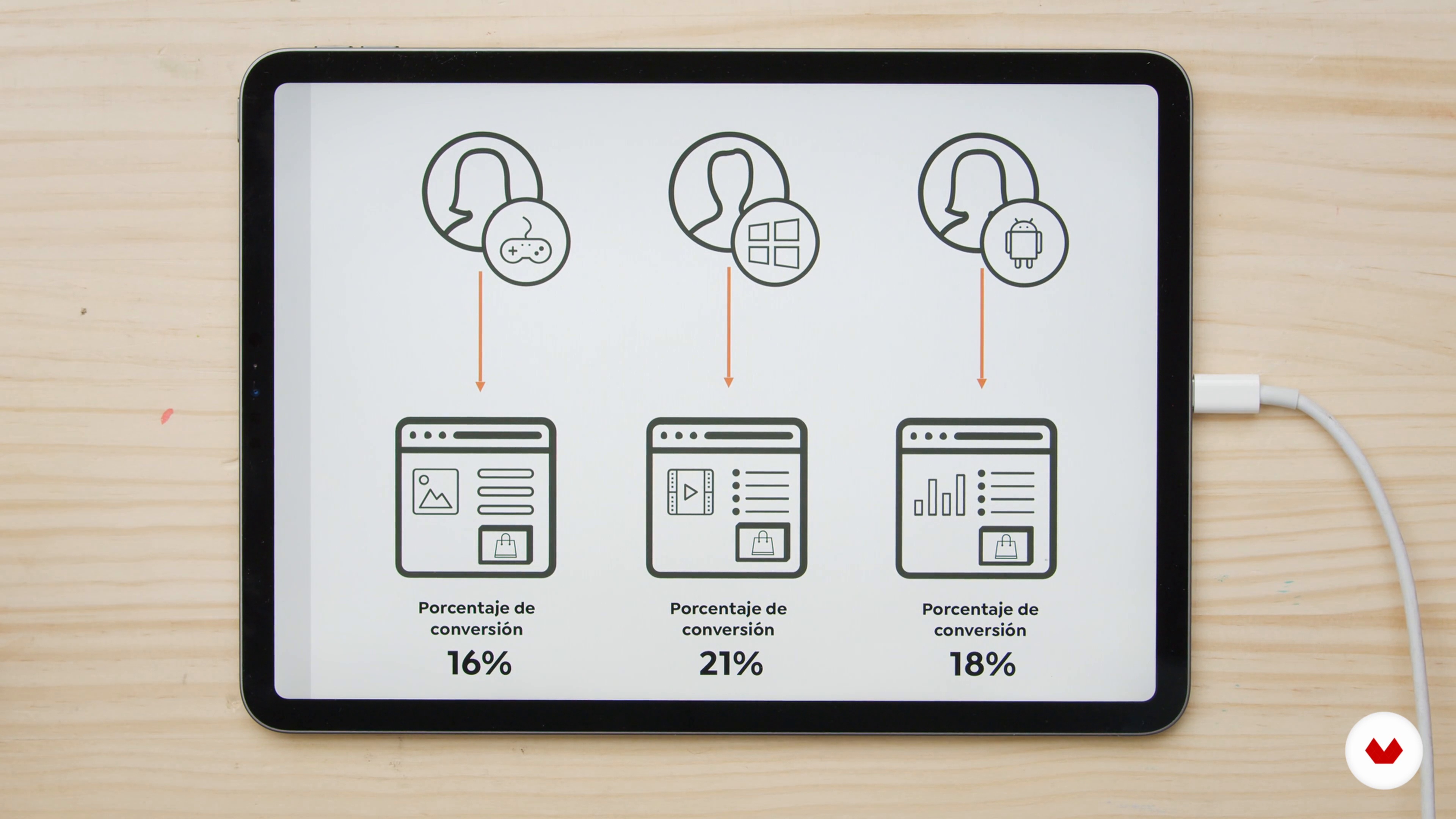

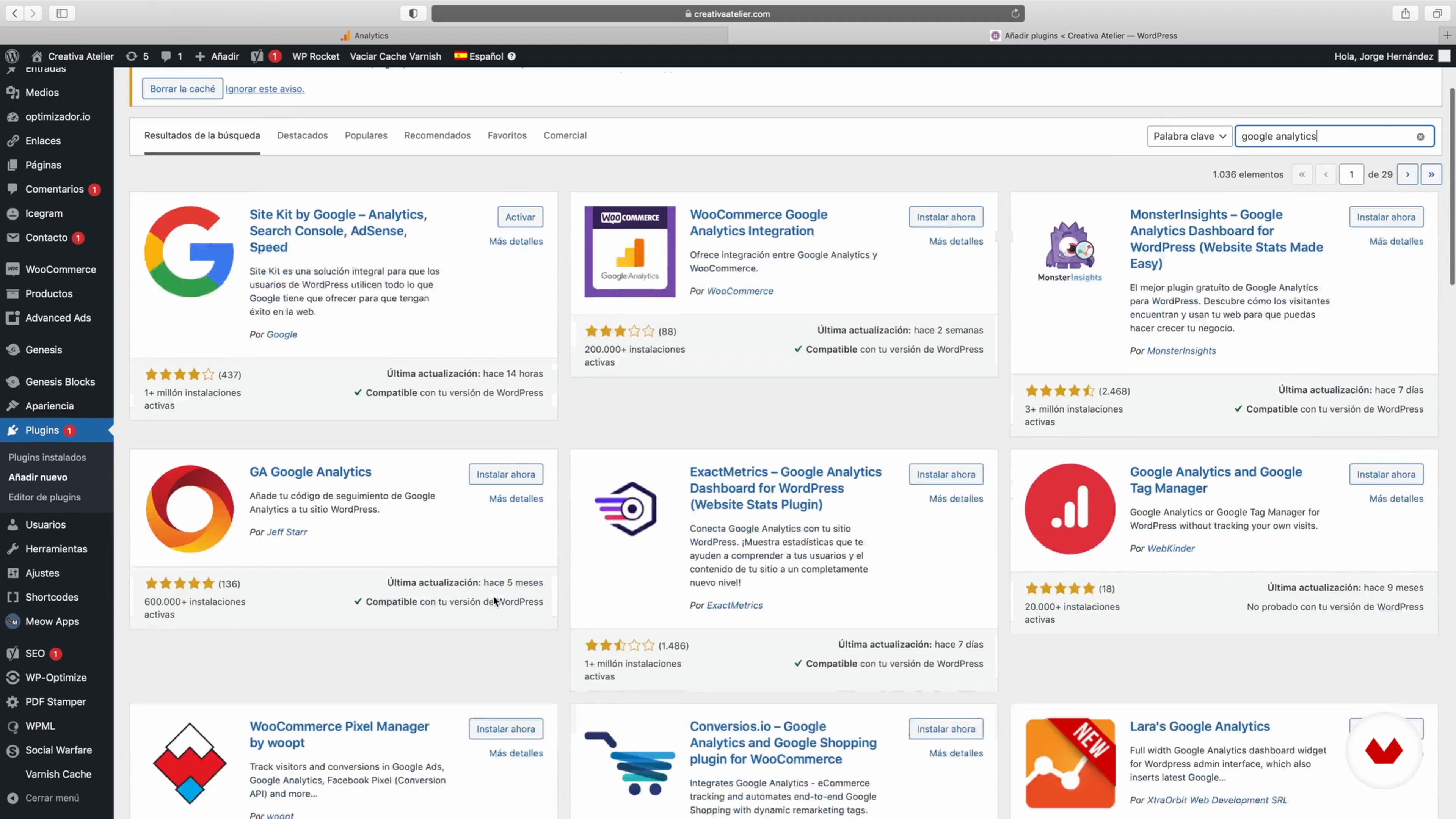
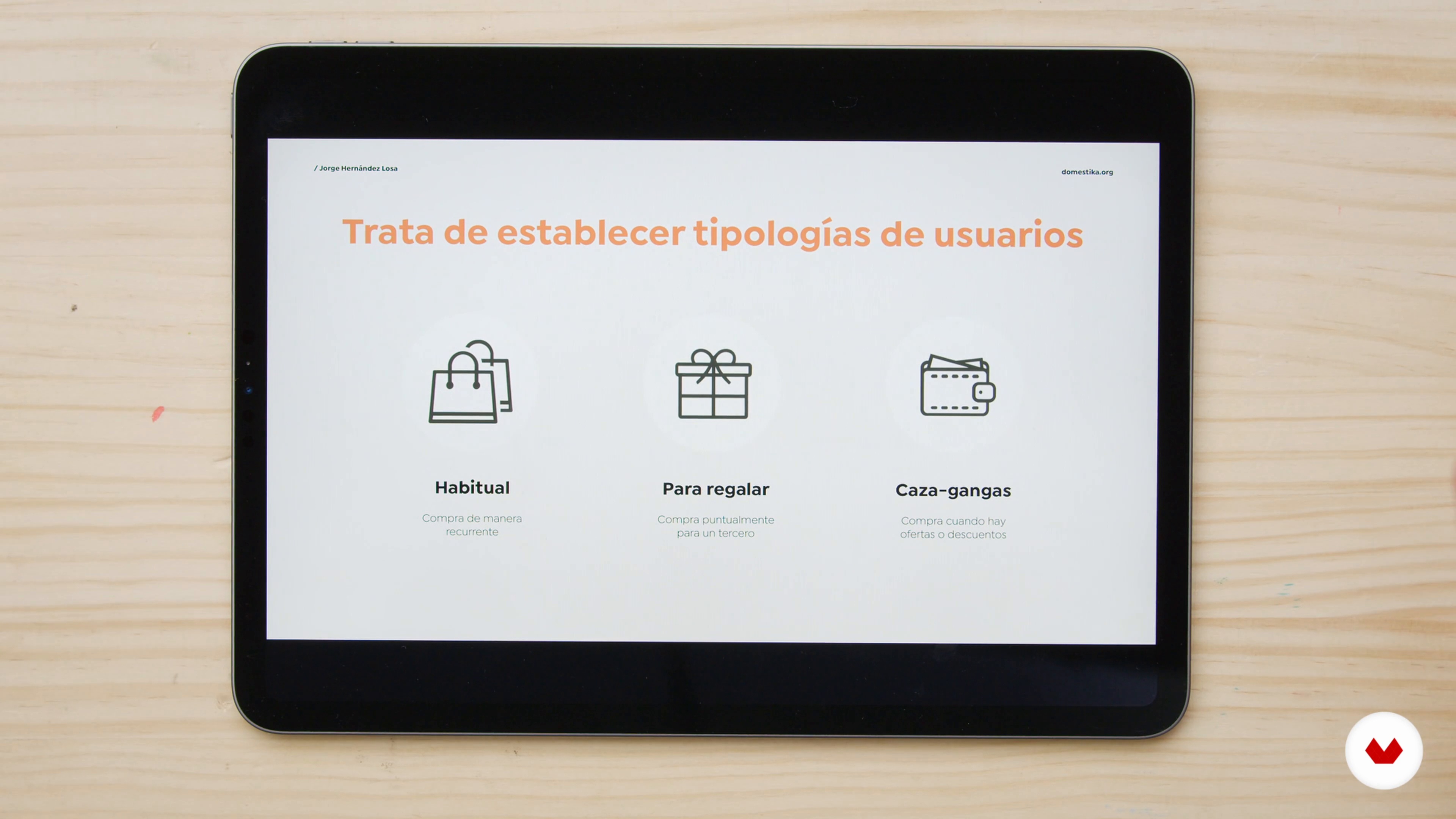
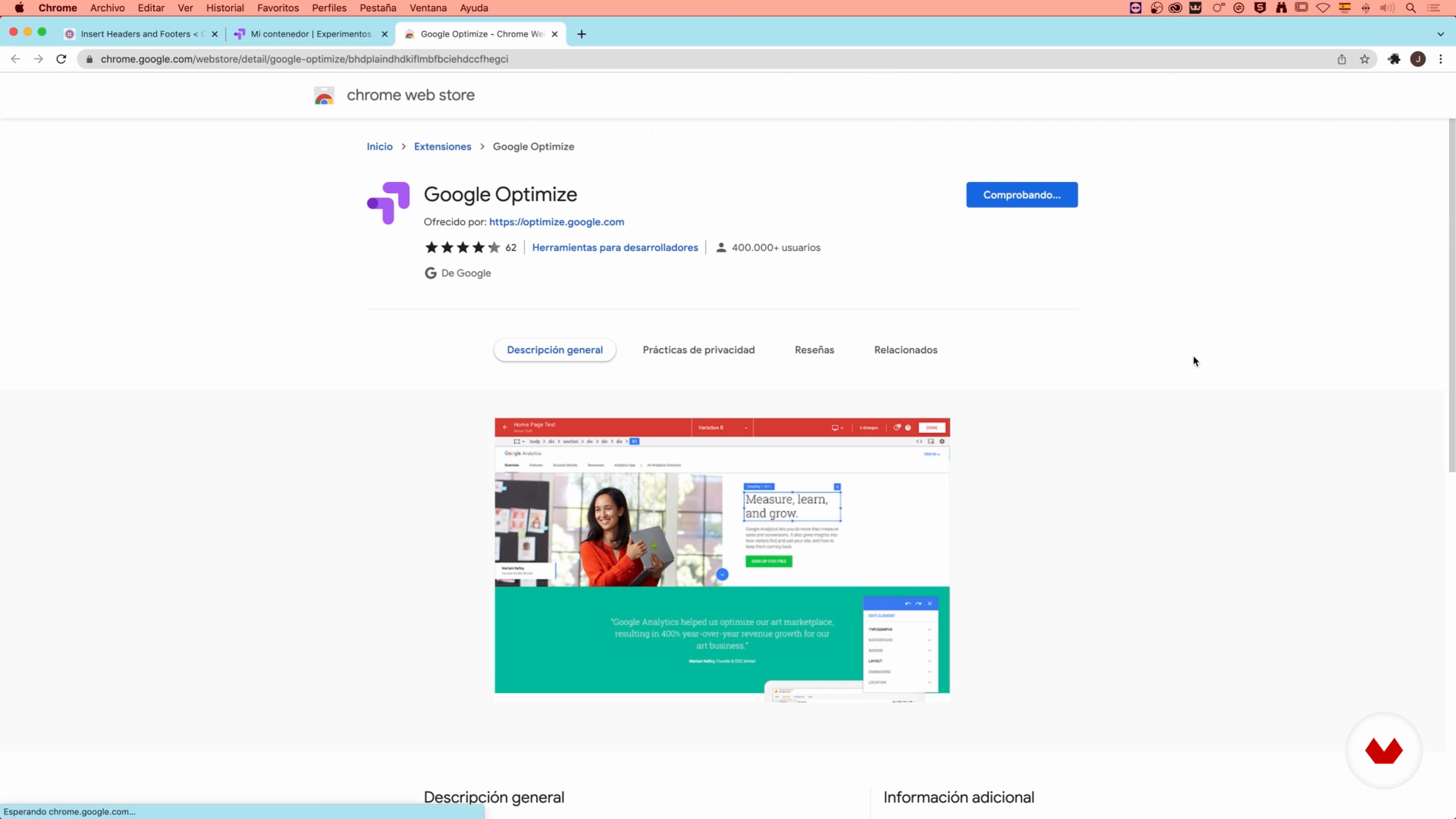

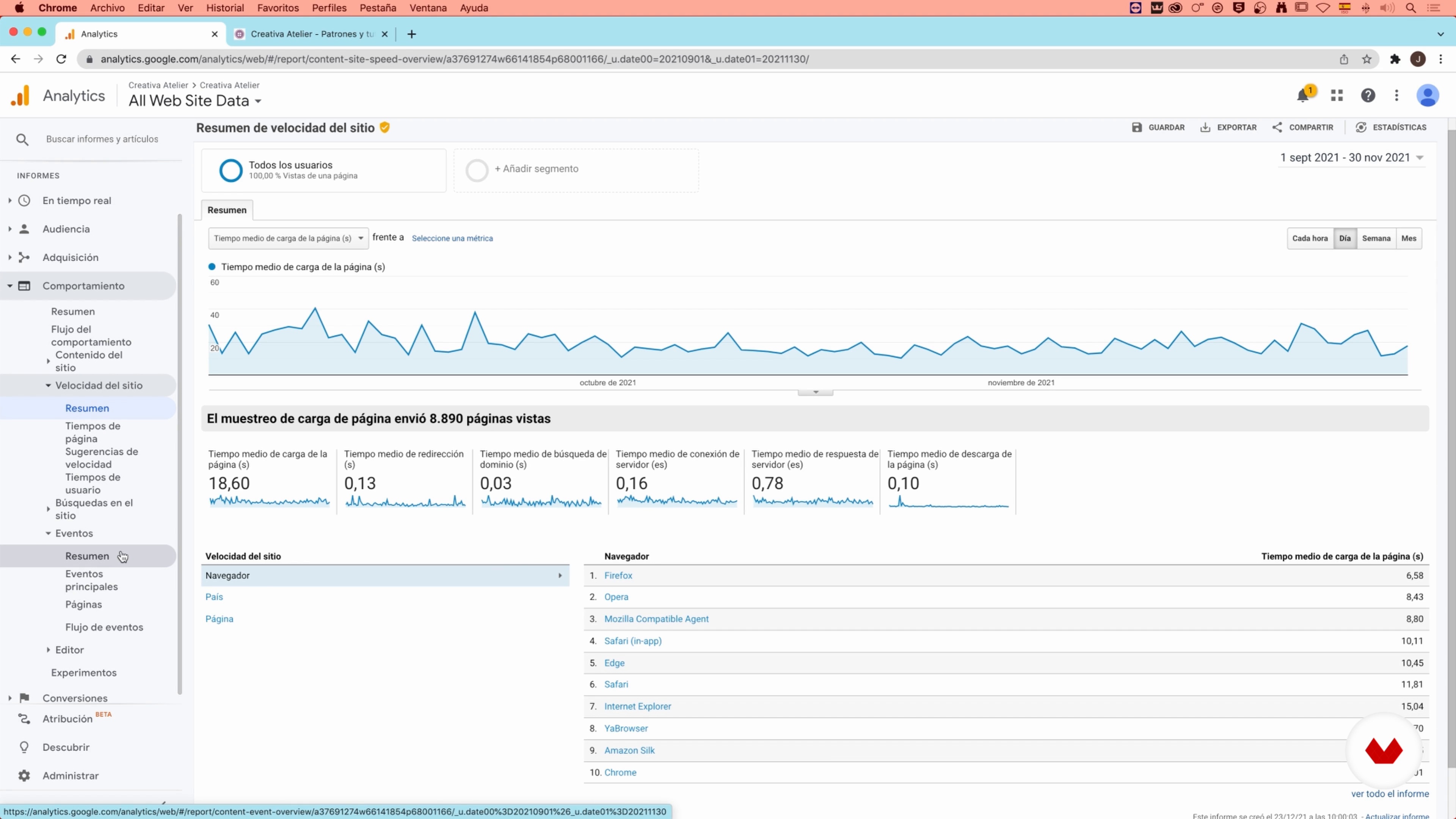
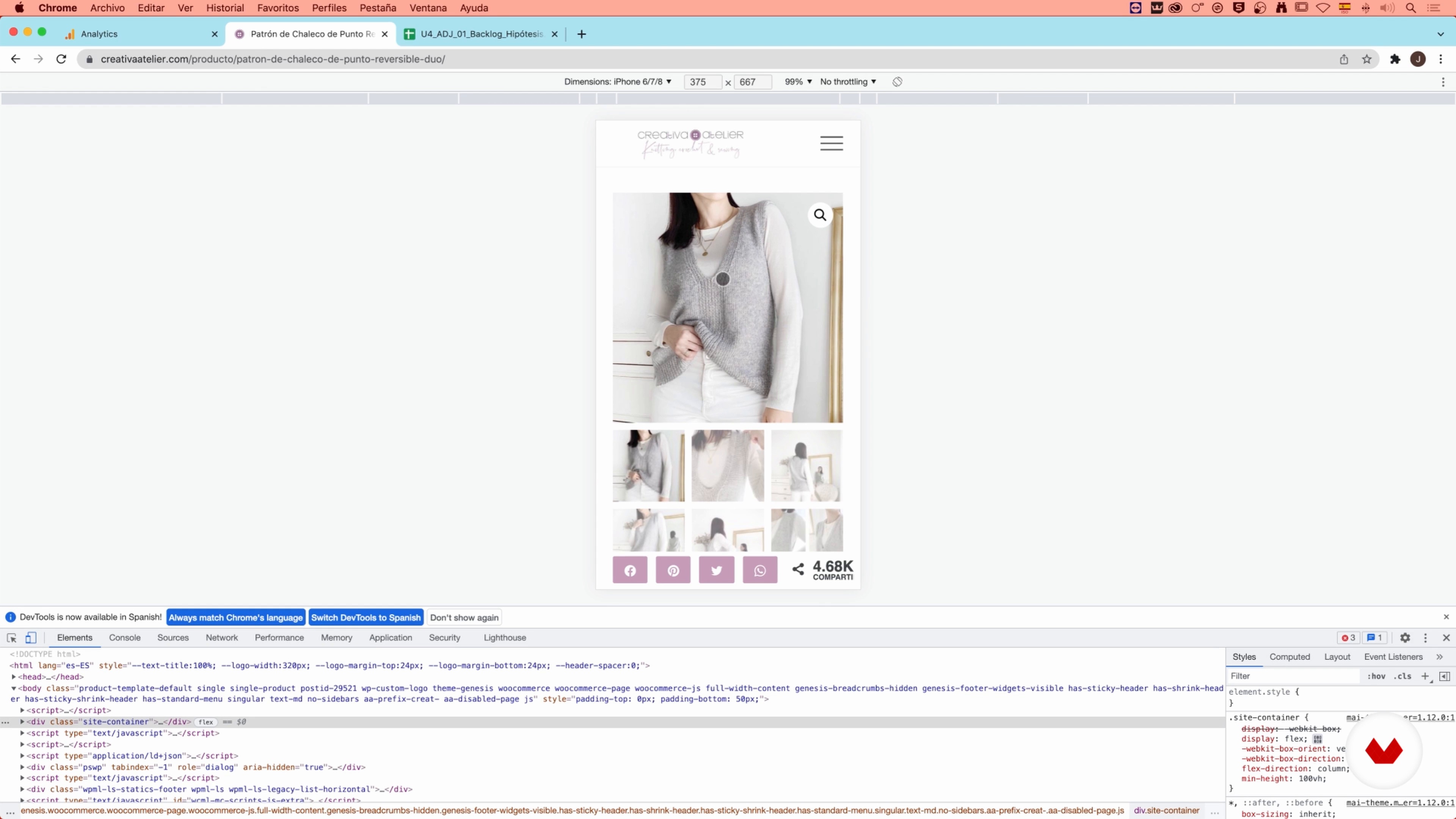

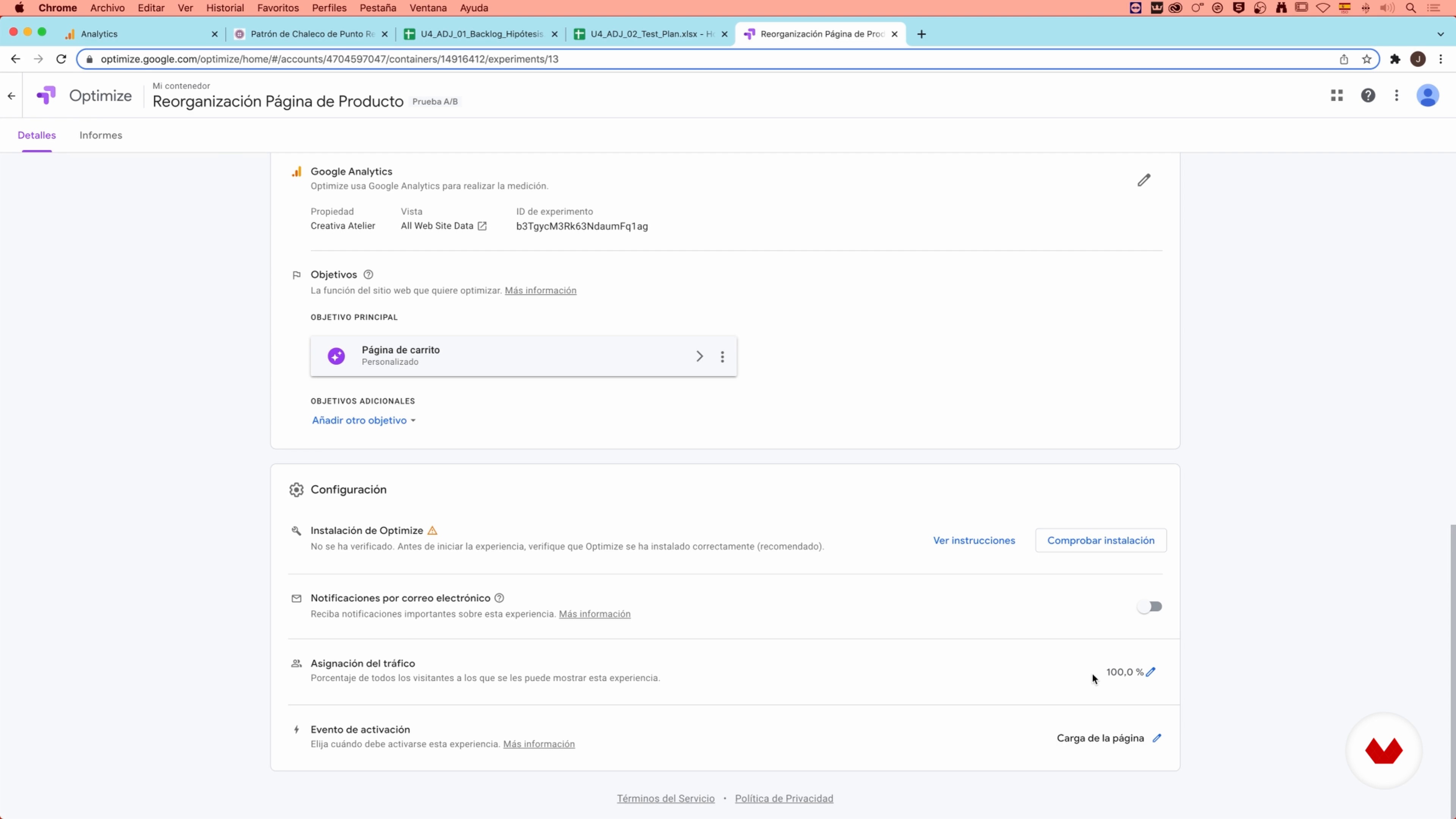


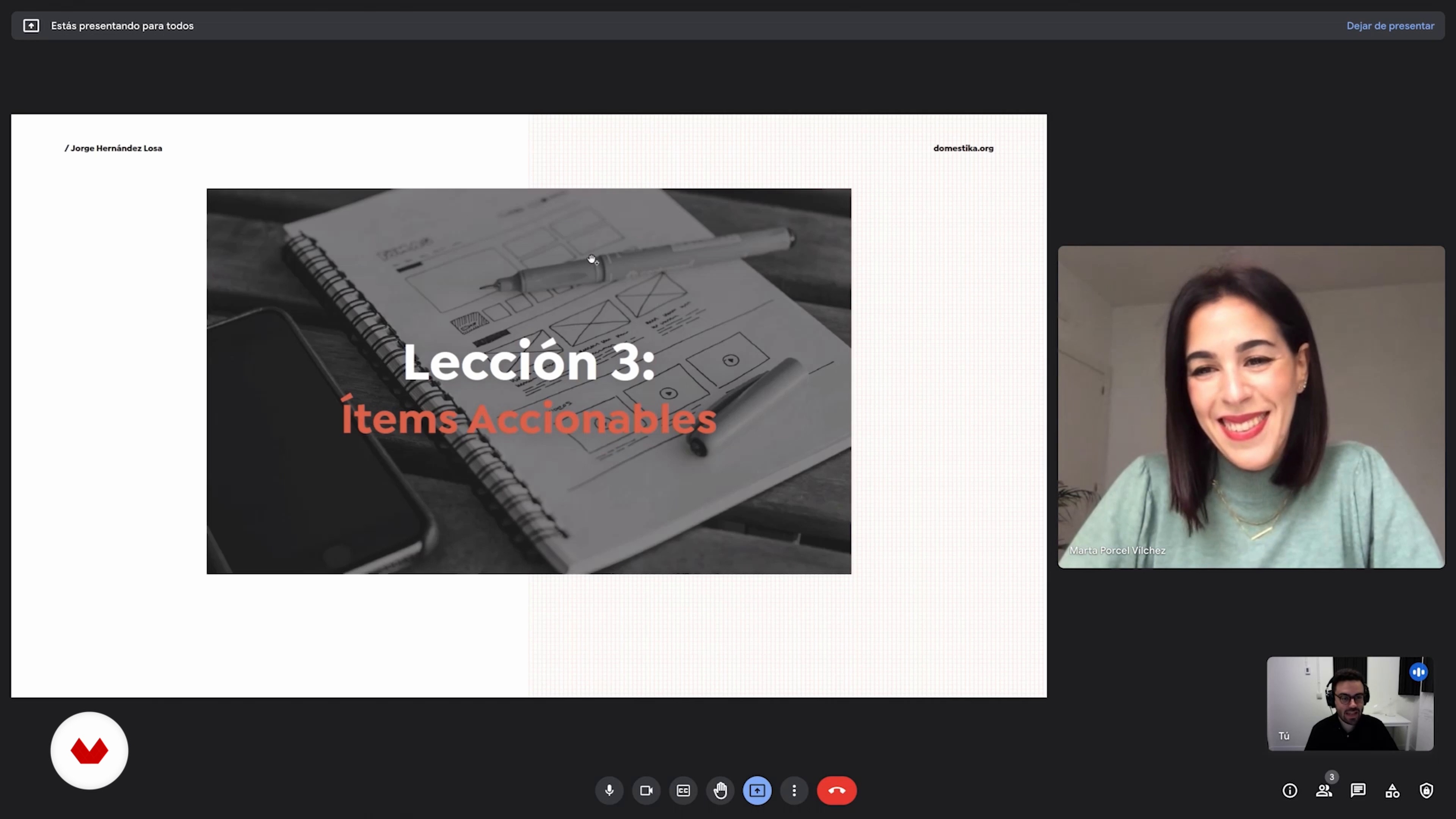








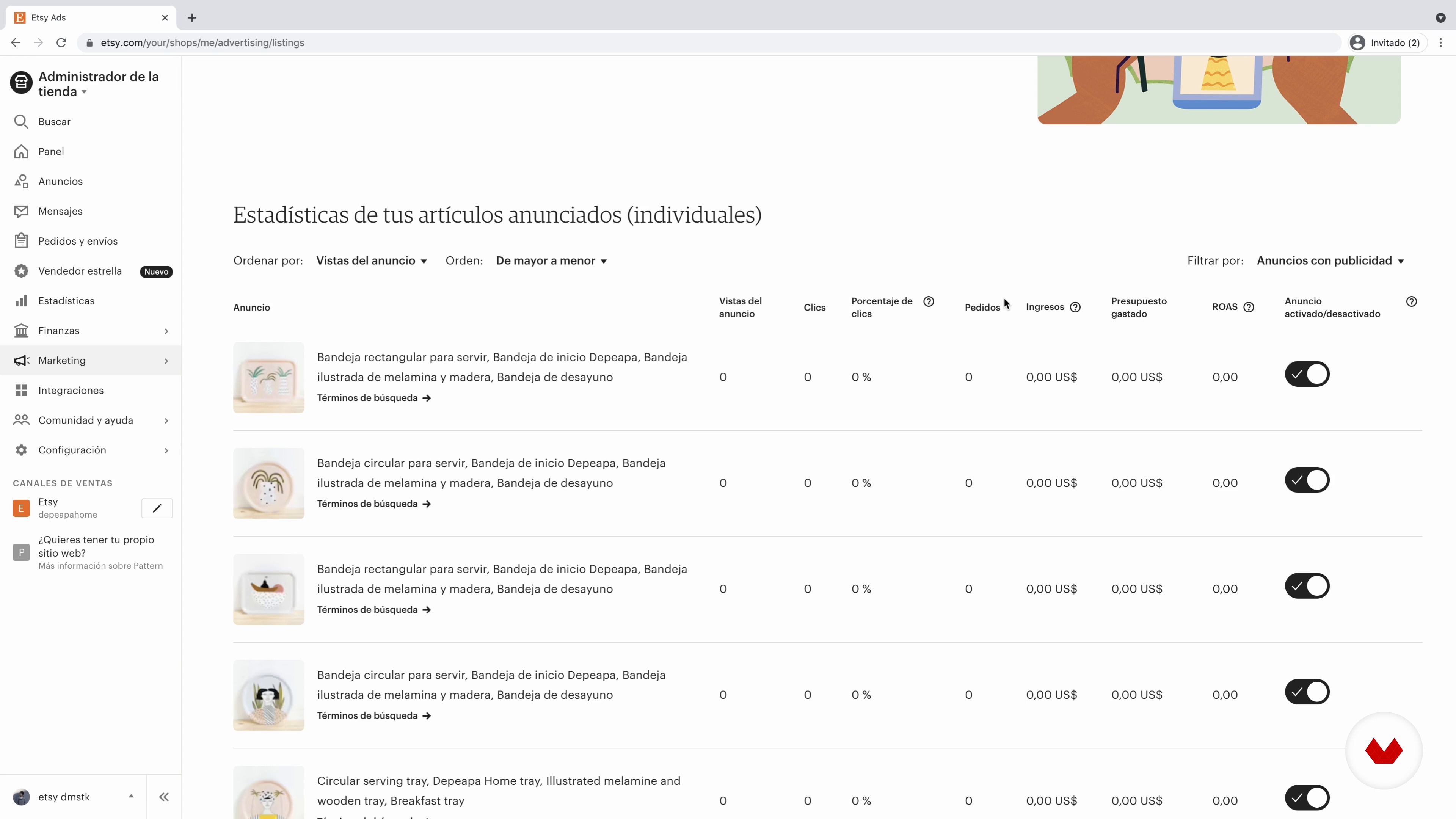


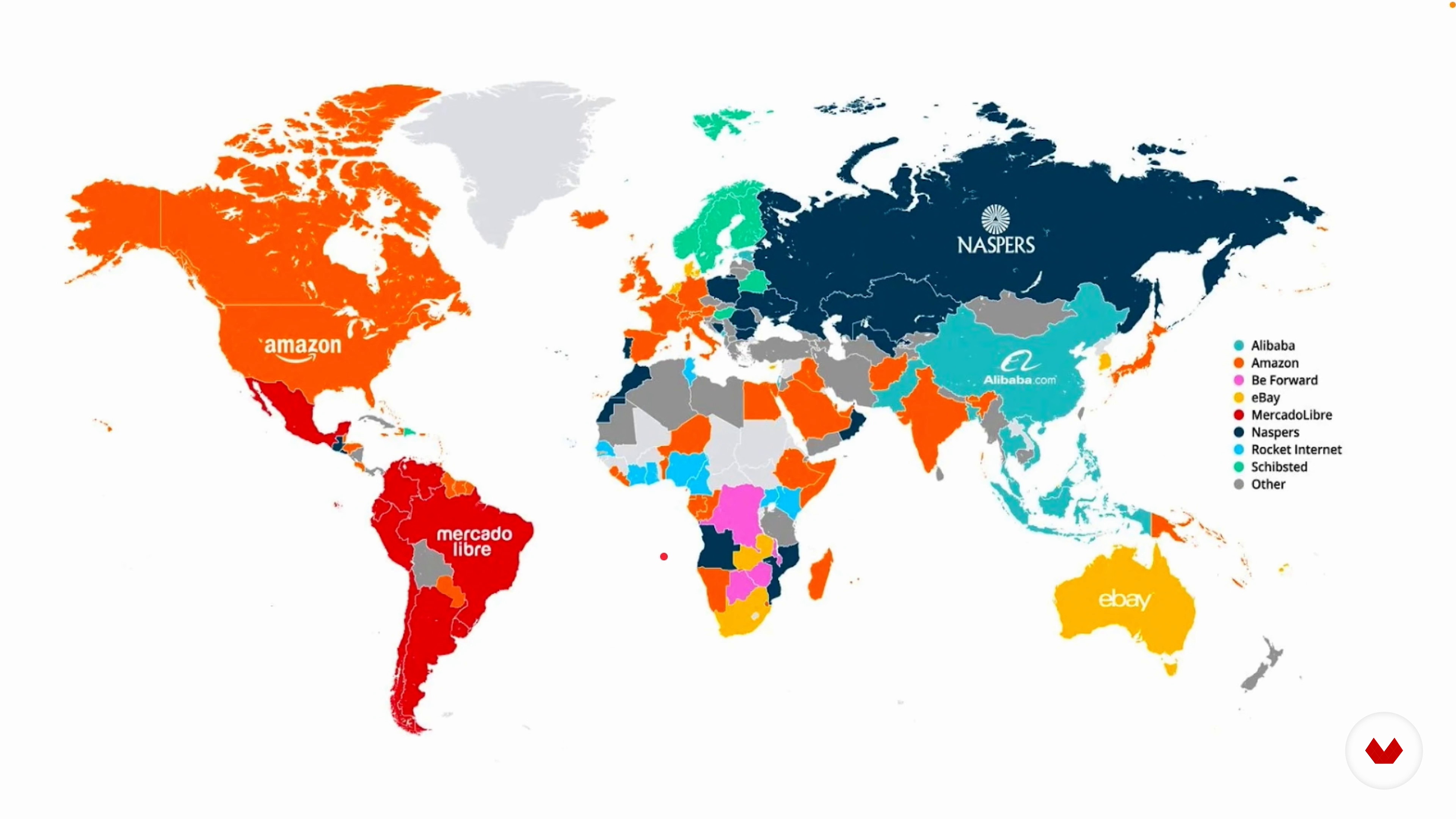

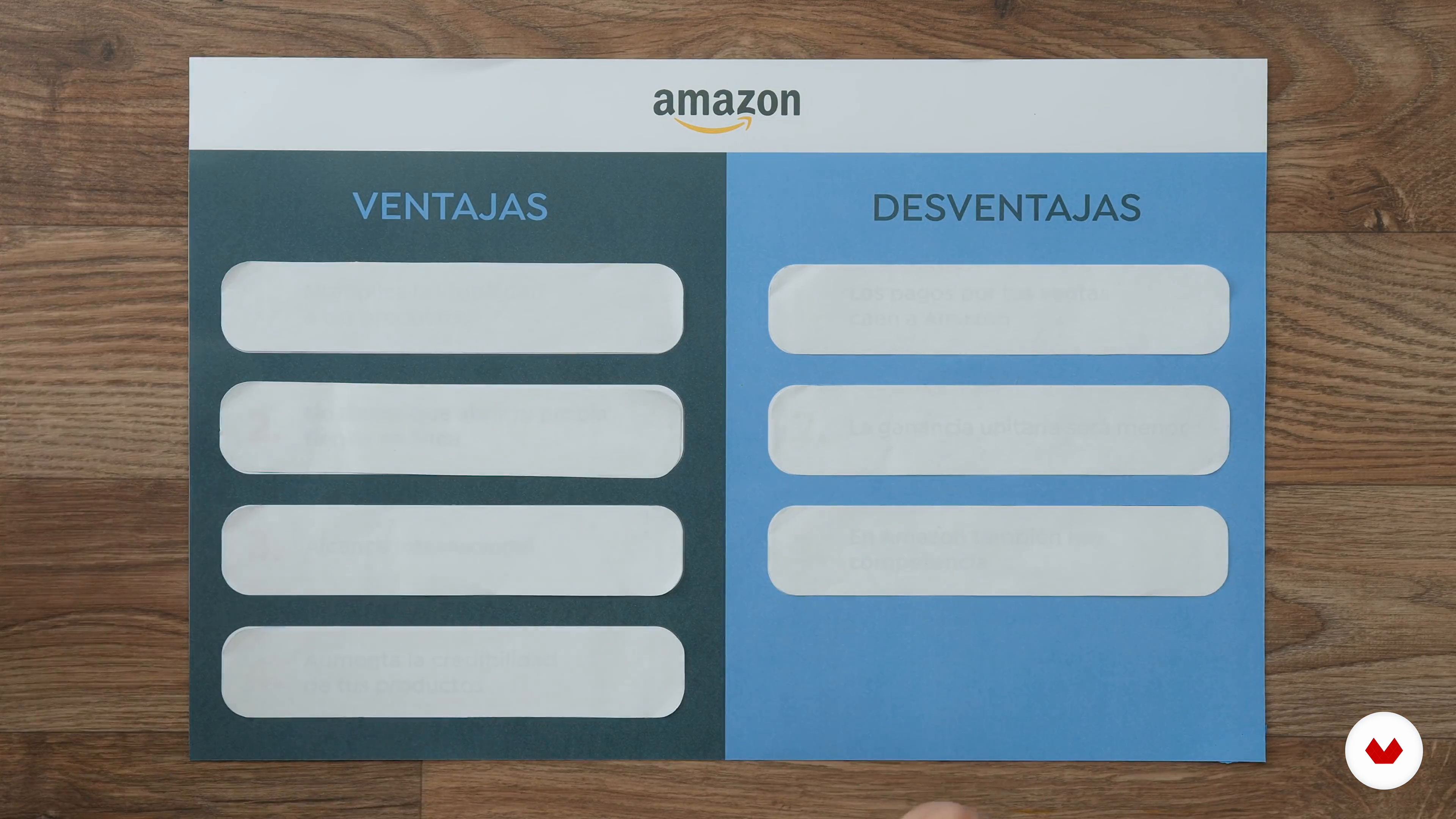
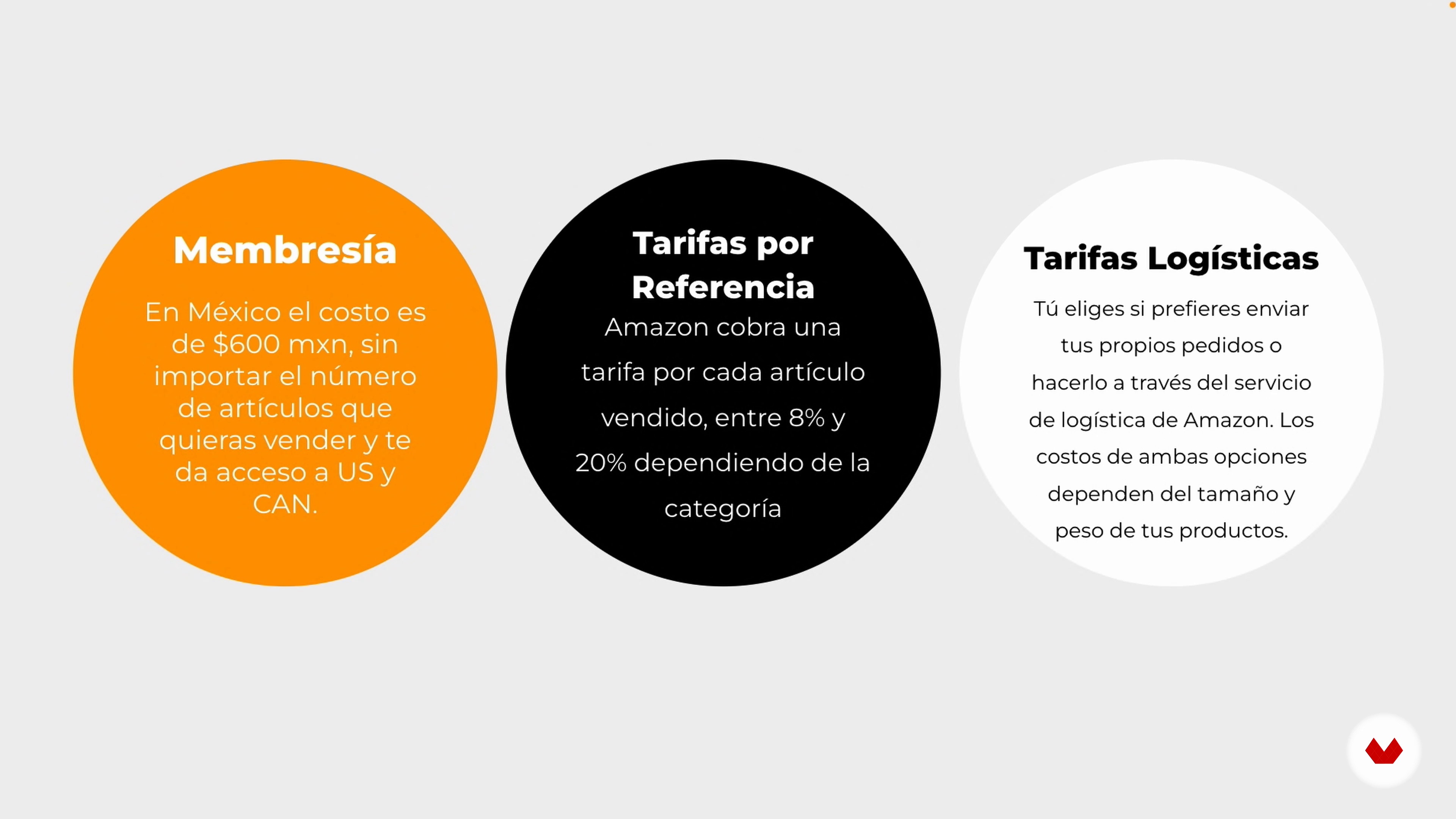
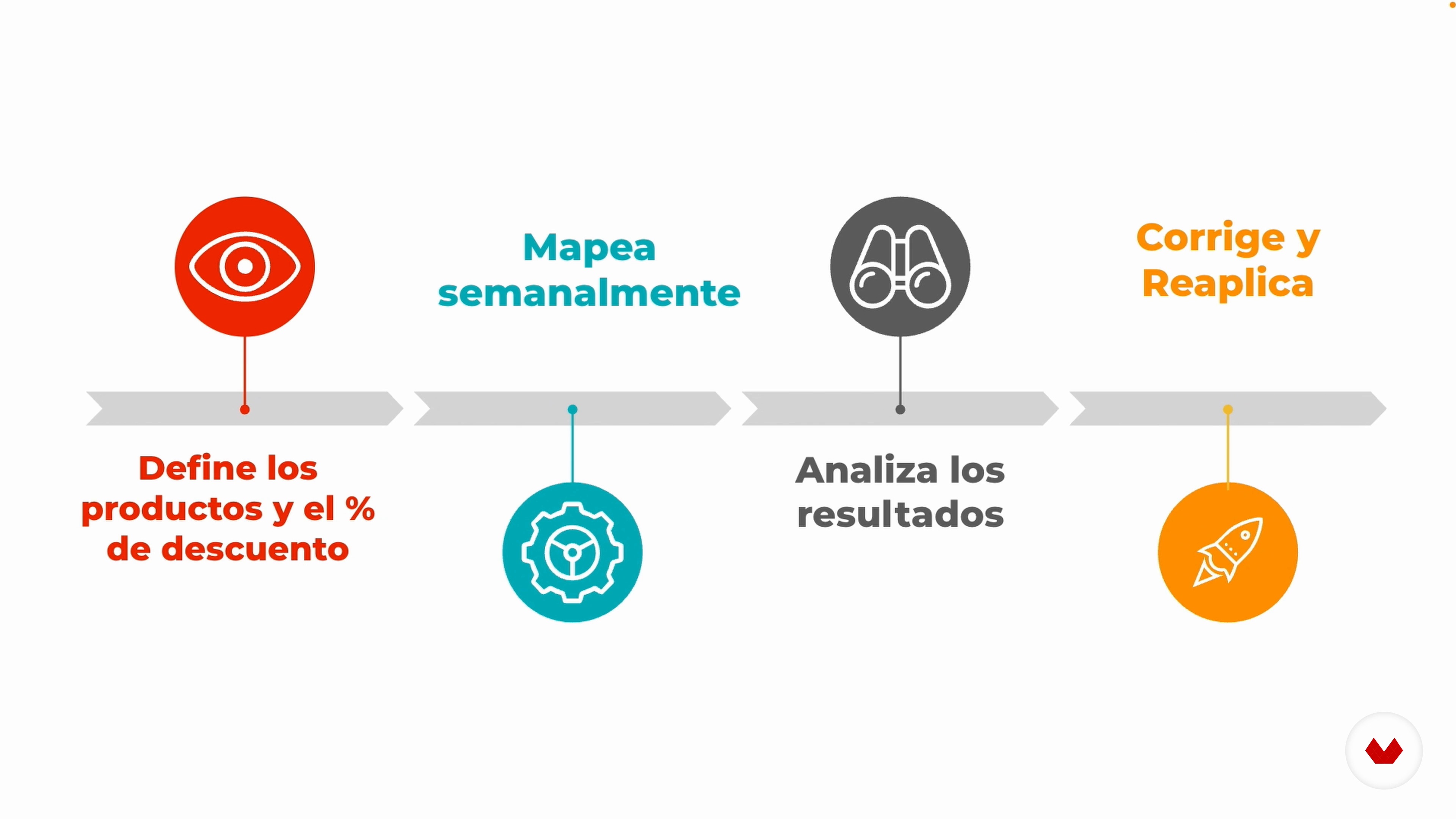
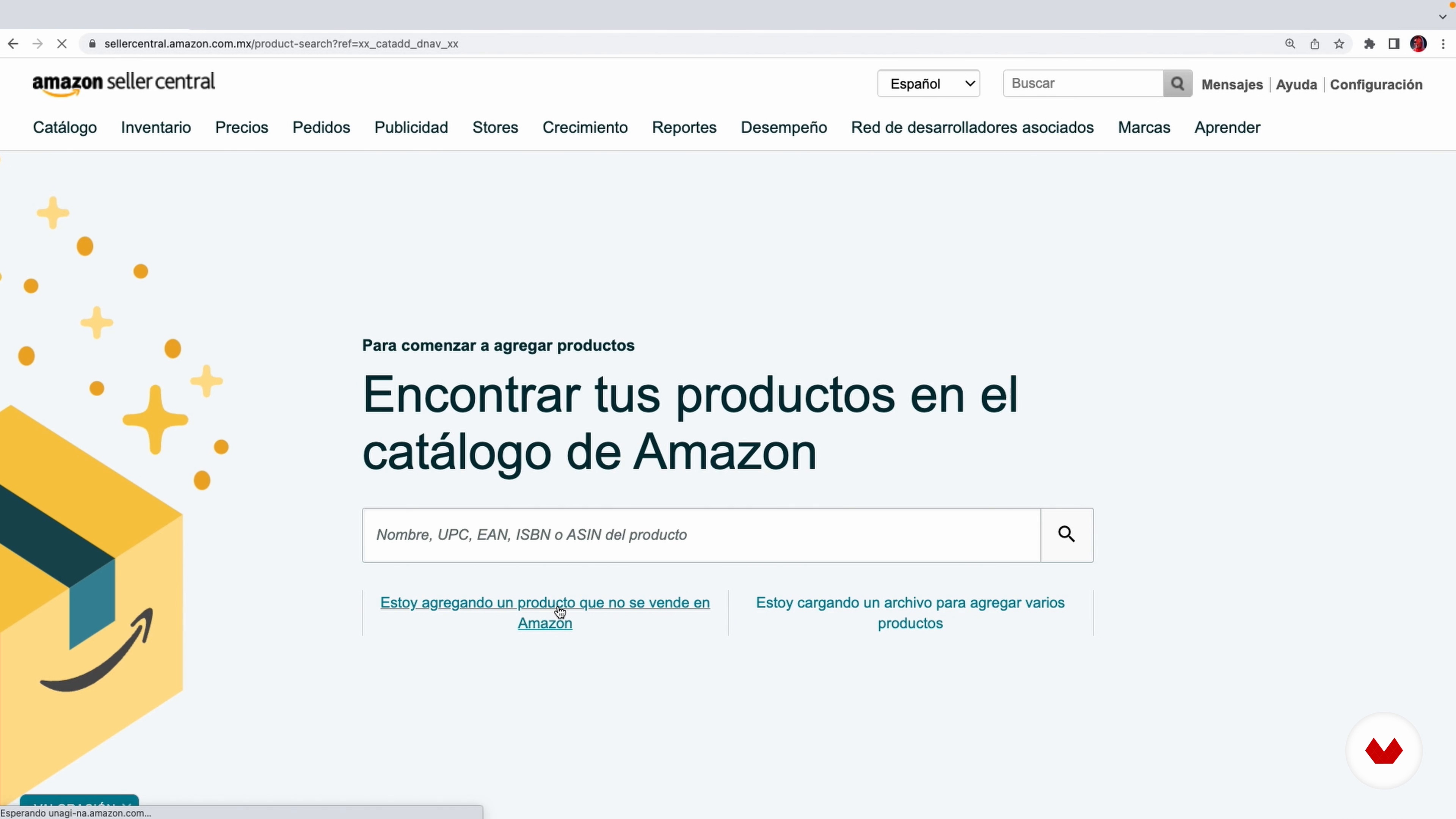
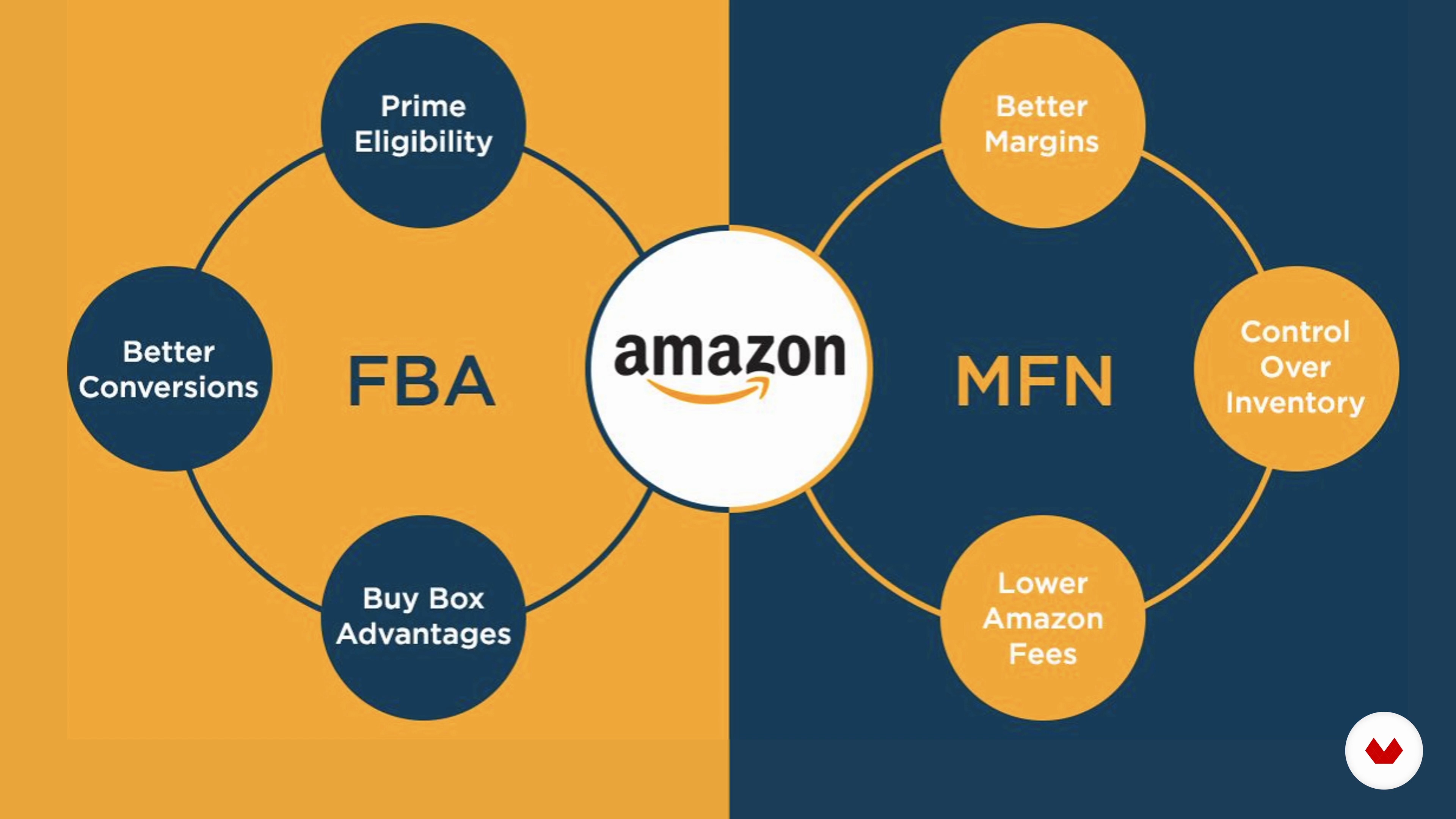
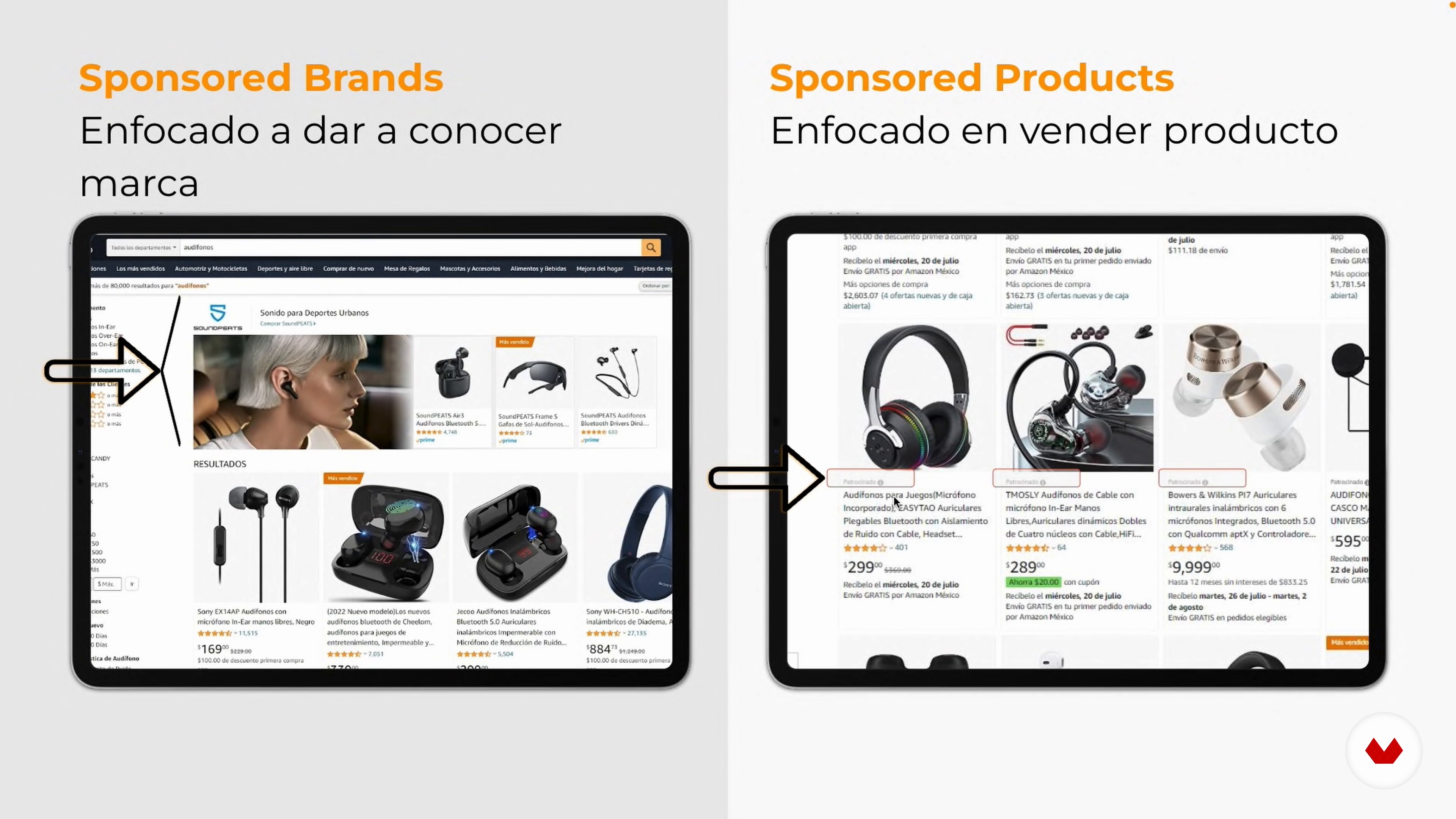
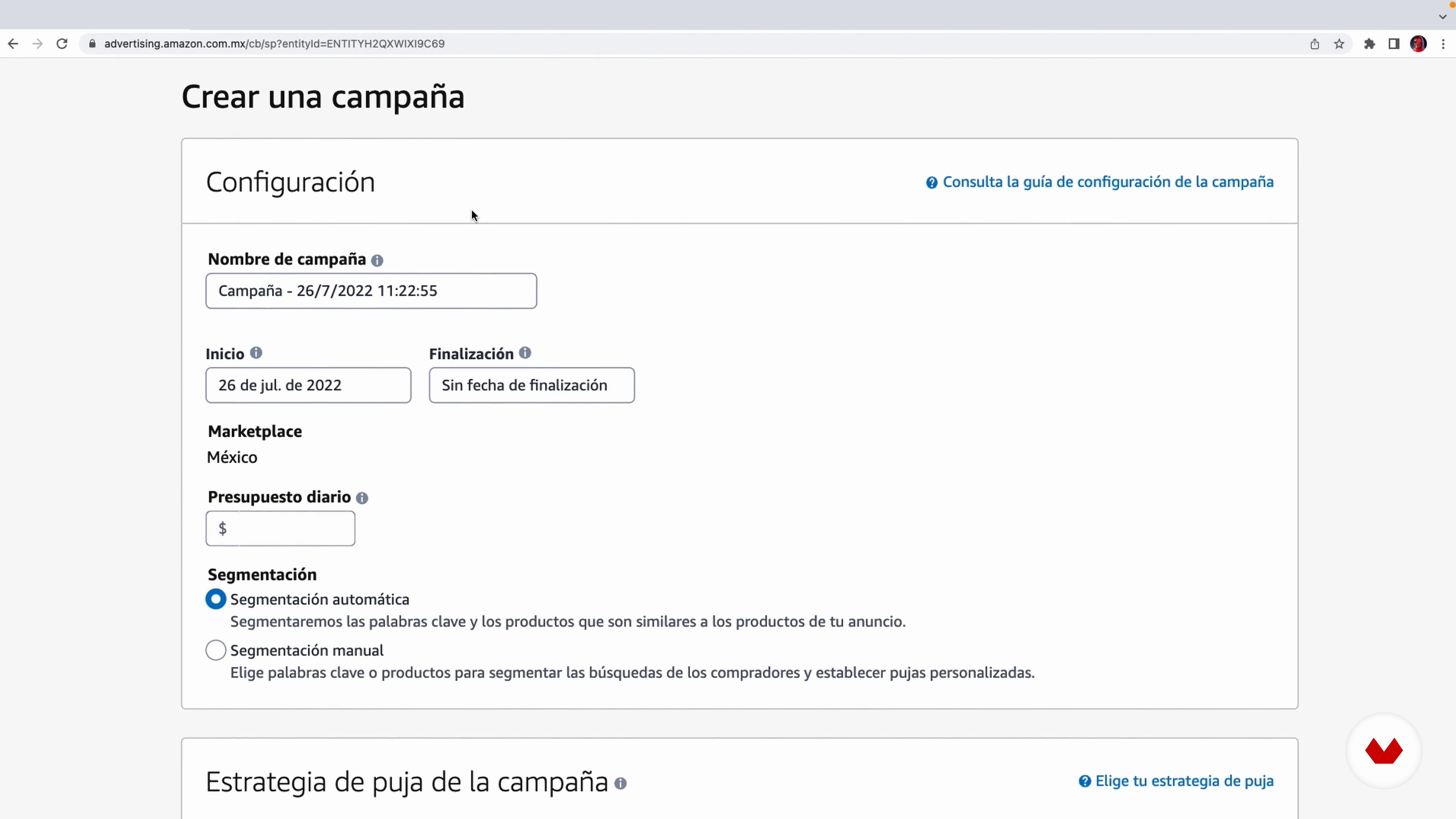

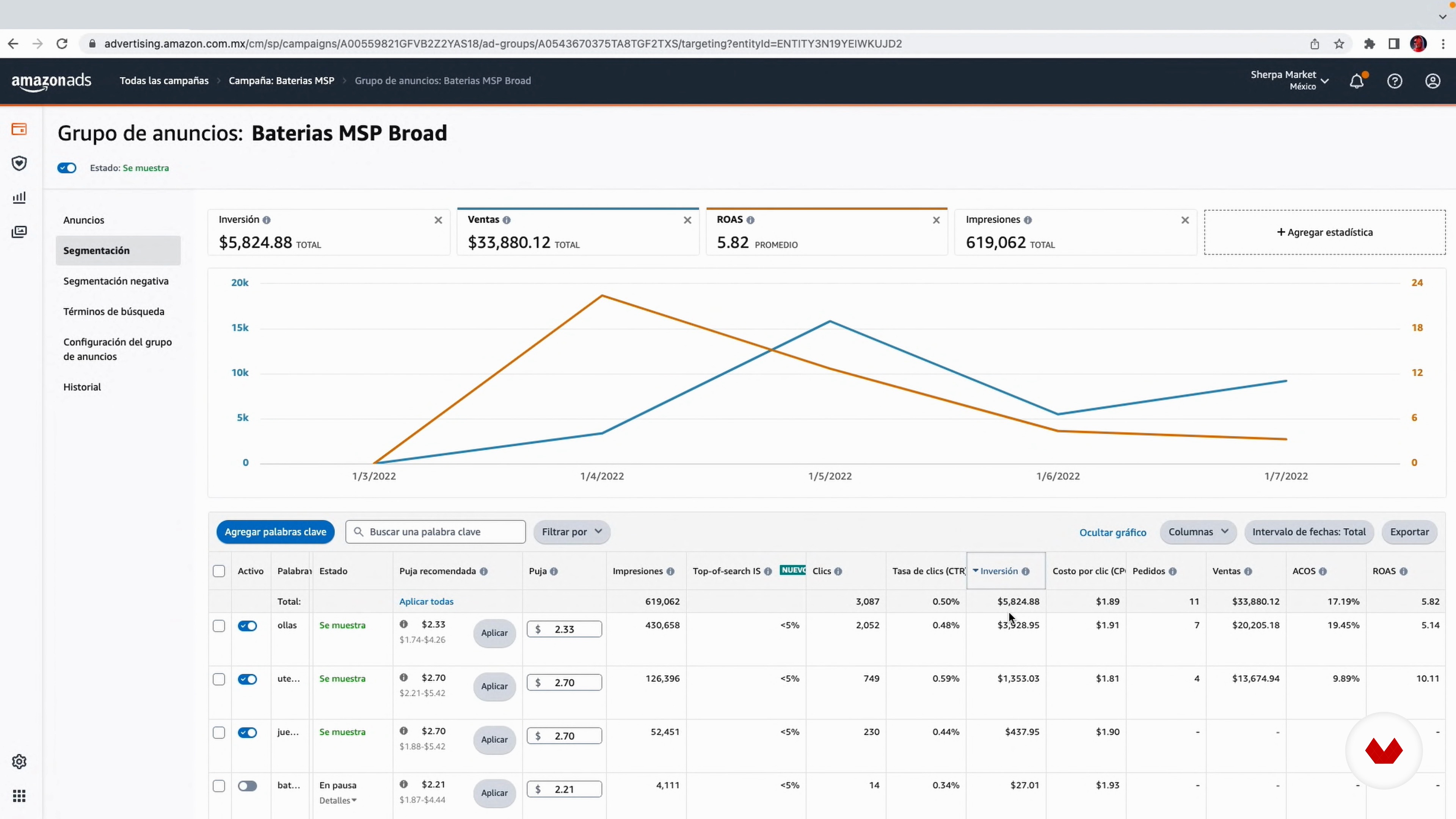

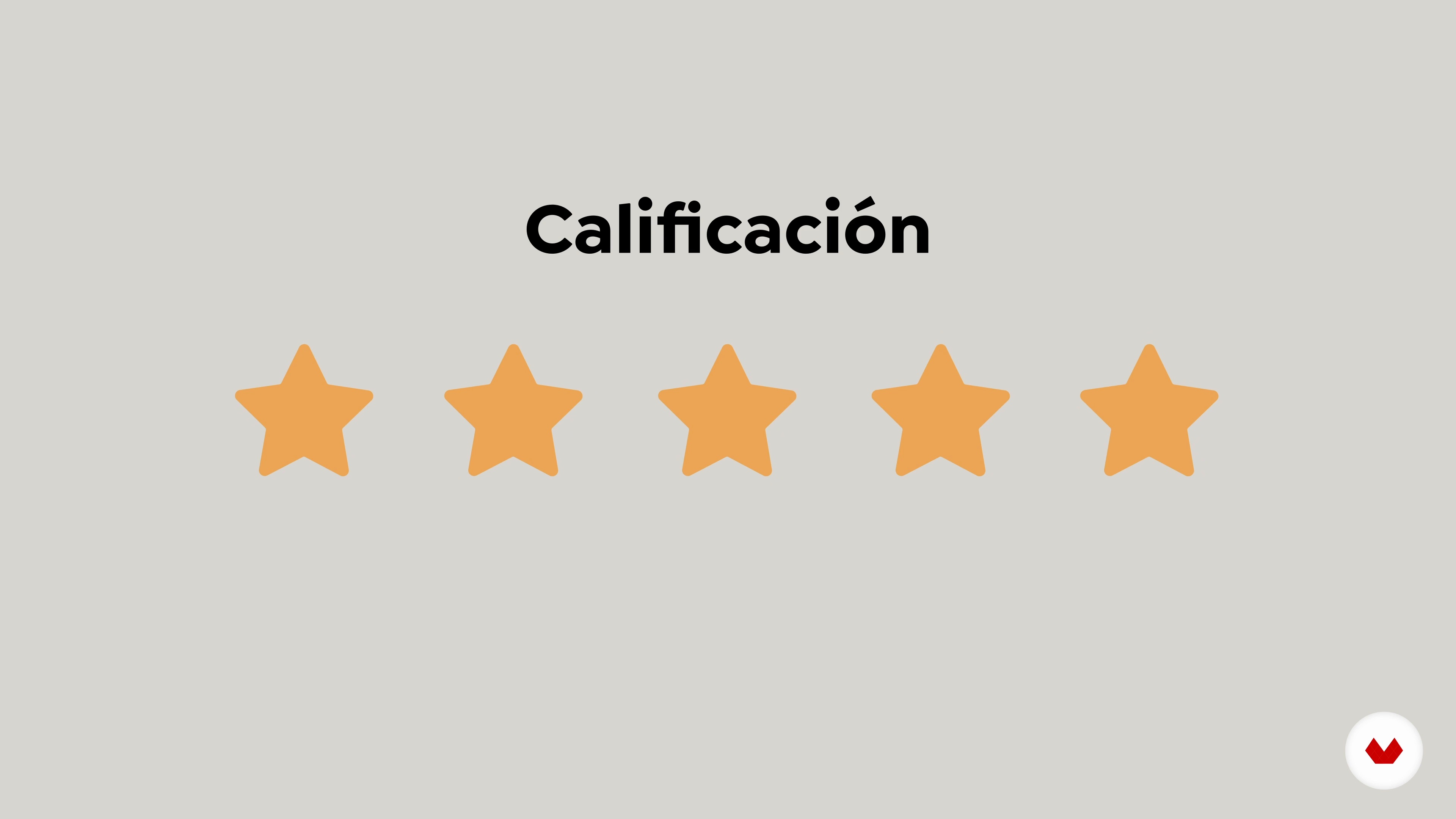
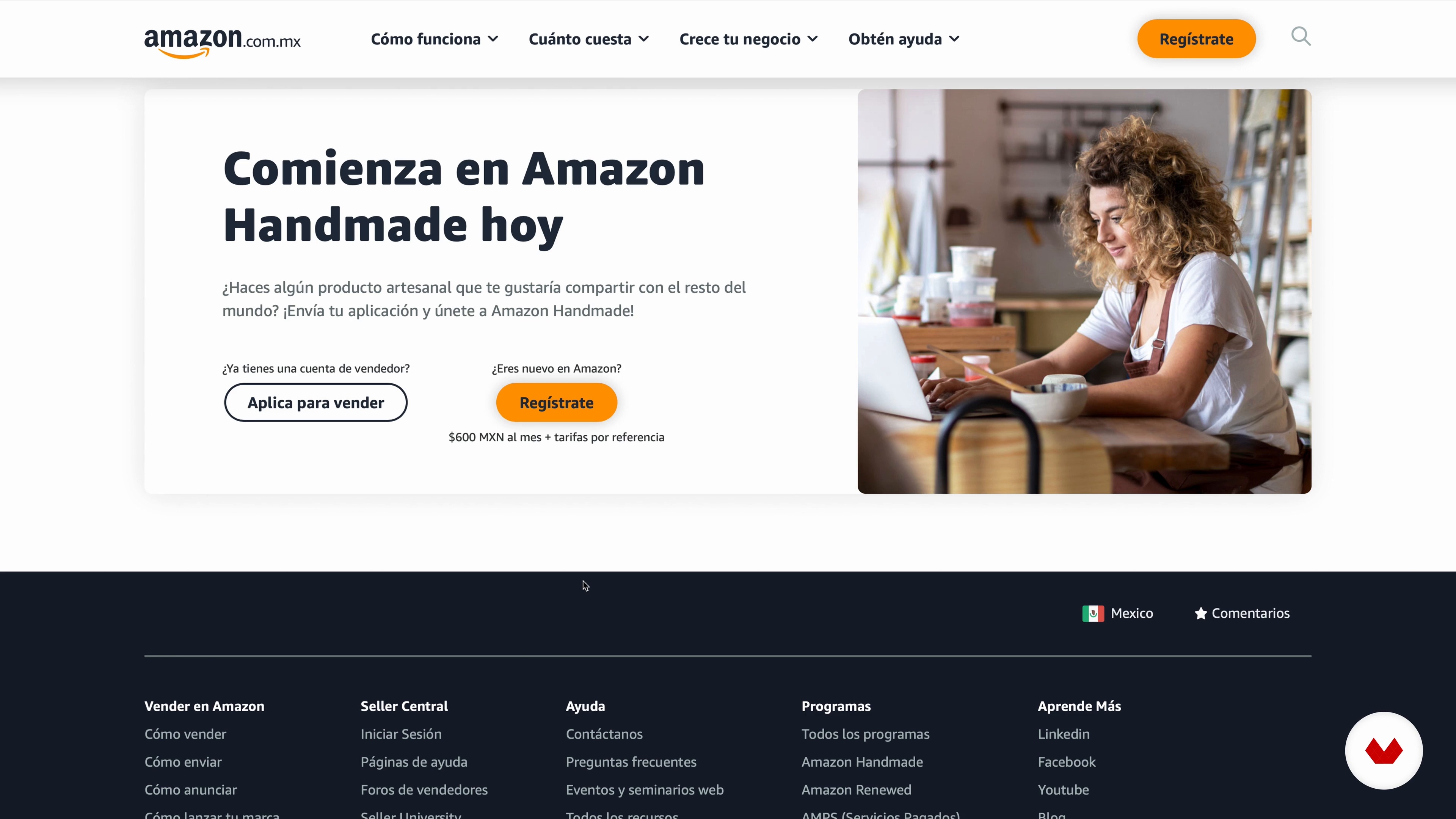


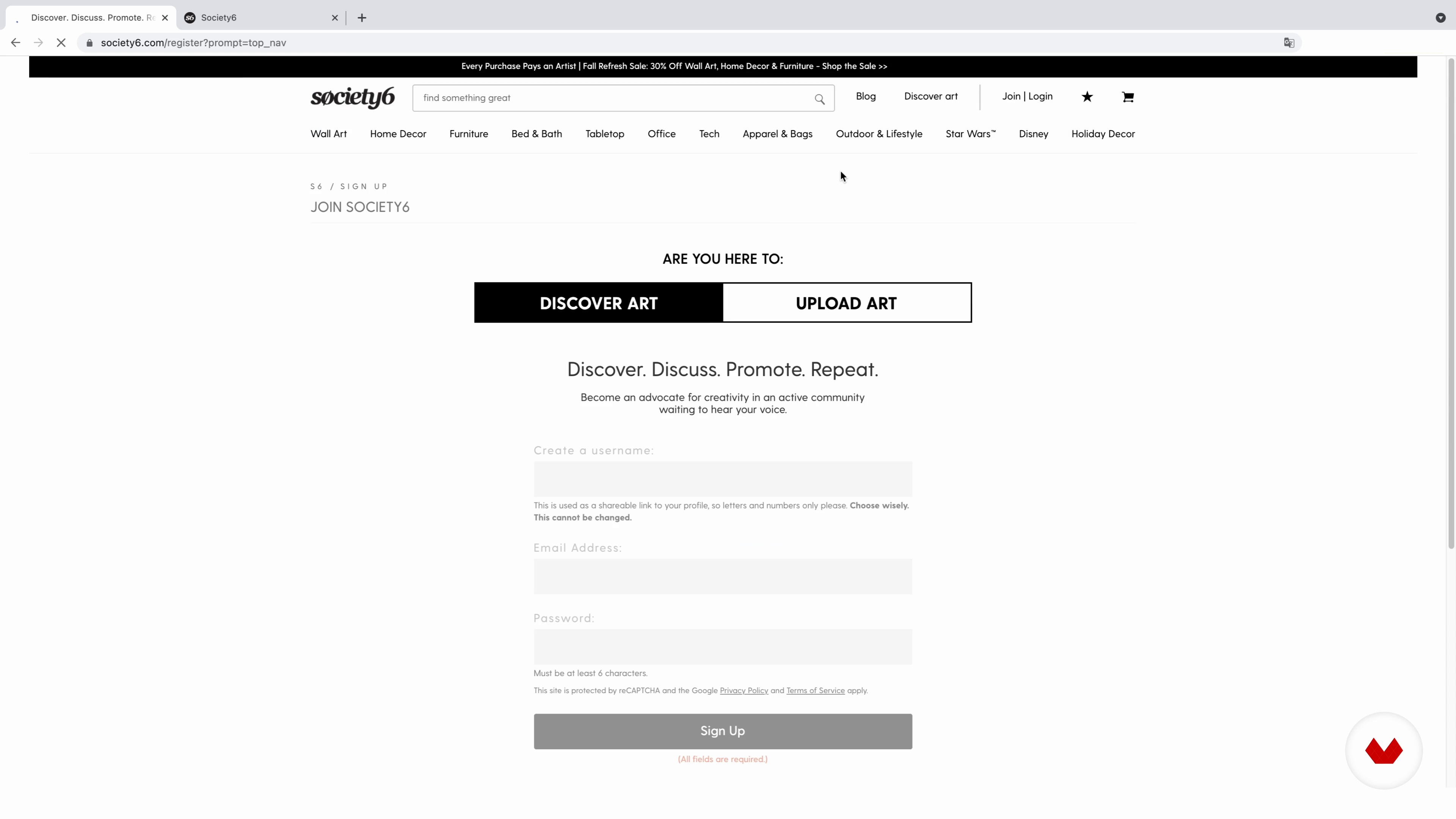
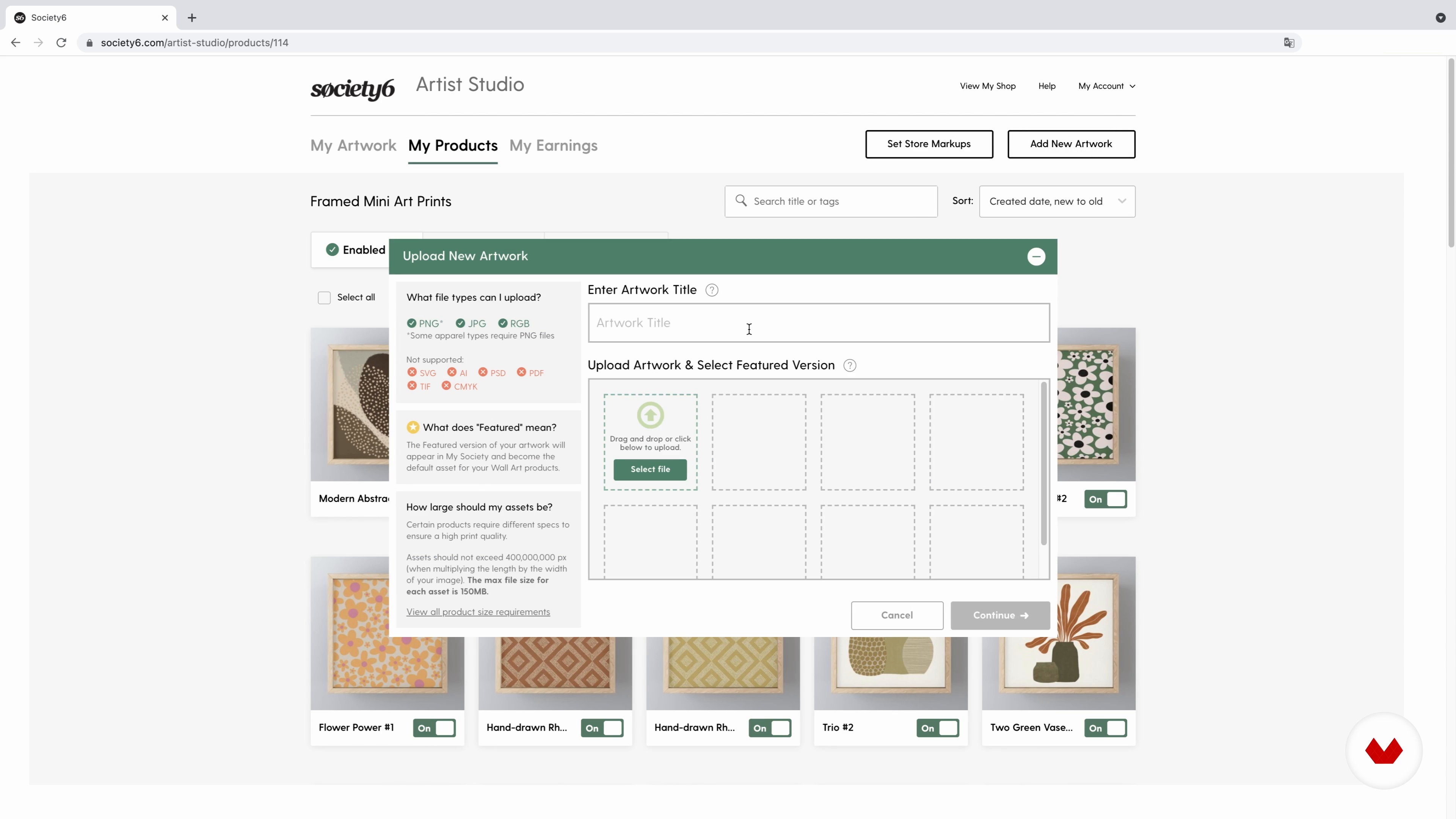
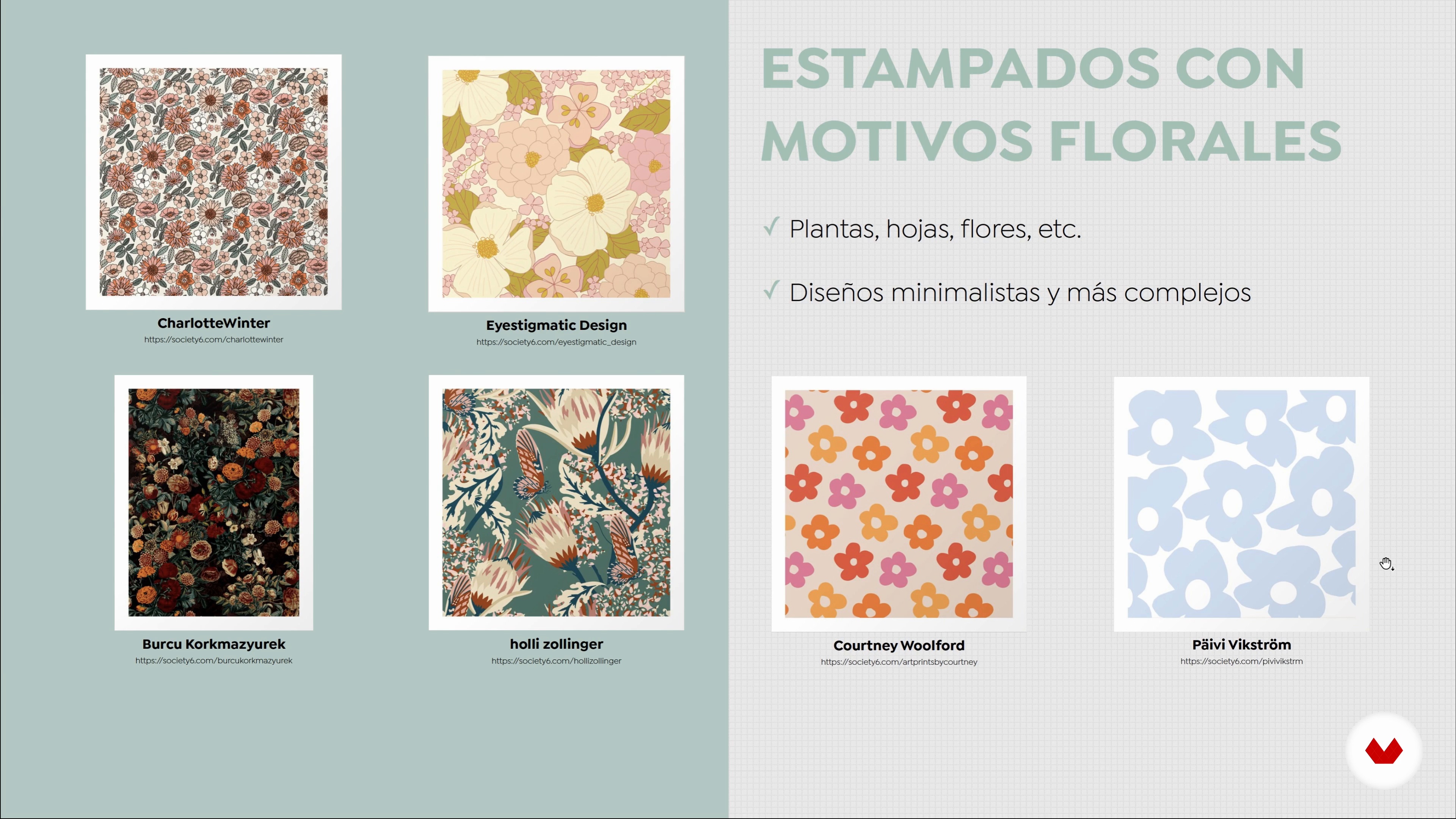
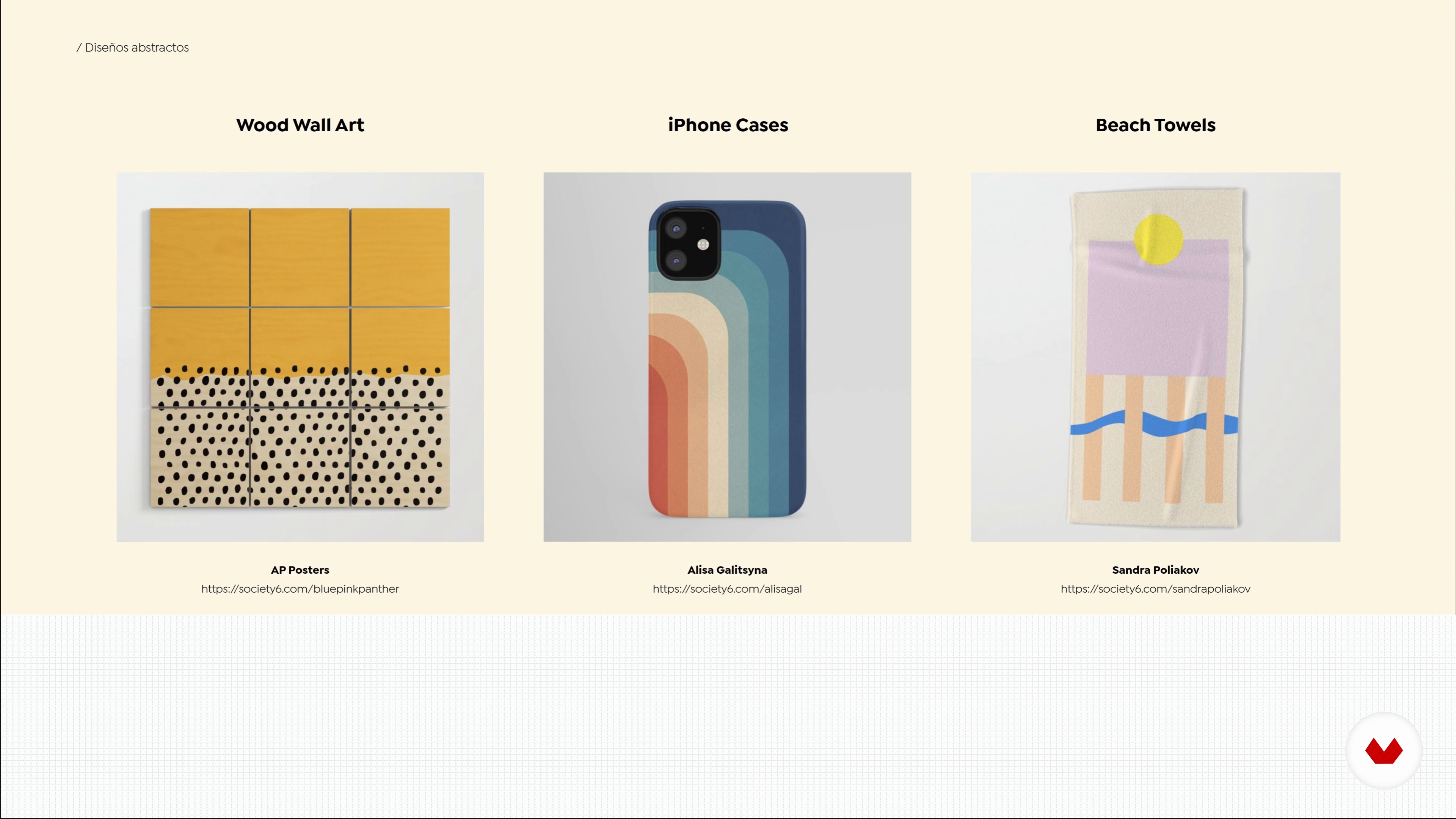
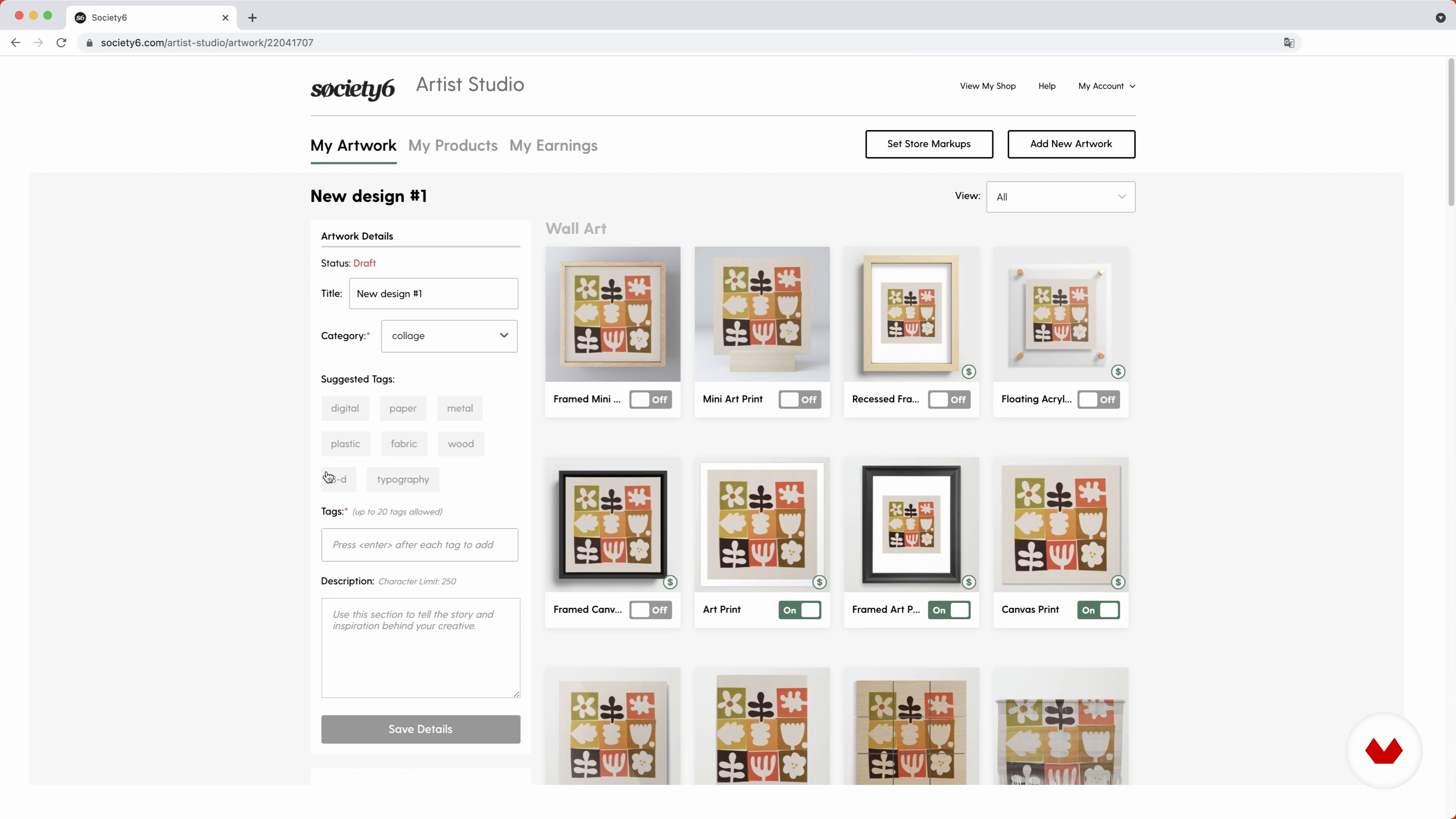




- 115 students
- 96 lessons (14h 13m)
- 130 additional resources (32 files)
- Online and at your own pace
- Audio: Spanish, English
- Spanish · English · Portuguese · German · French · Italian · Polish · Dutch
- Level: Beginner
- Unlimited access forever
What is this course's project?
The project consists of launching a complete online store with a product catalog, payment gateway, and basic navigation structure. Students will learn to define their value proposition, choose the appropriate platform, and manage key elements of their digital business.
Who is this specialization for?
Entrepreneurs, creators, and professionals looking to launch, consolidate, and scale their digital businesses will find in this specialization the tools they need to create an online store, implement marketing strategies, optimize conversions, and explore platforms like Etsy, Amazon, and Society6.
Requirements and materials
No extensive prior knowledge is required, just basic computer and internet skills. A computer with internet access, the ability to install software, and an email account are necessary. A desire to learn and explore the world of digital e-commerce is essential.








What to expect from this specialization course
-
Learn at your own pace
Enjoy learning from home without a set schedule and with an easy-to-follow method. You set your own pace.
-
Learn from the best professionals
Learn valuable methods and techniques explained by top experts in the creative sector.
-
Meet expert teachers
Each expert teaches what they do best, with clear guidelines, true passion, and professional insight in every lesson.
-
Certificates
PlusIf you're a Plus member, get a custom certificate for every specialization course. Share it on your portfolio, social media, or wherever you like.
-
Get front-row seats
Videos of the highest quality, so you don't miss a single detail. With unlimited access, you can watch them as many times as you need to perfect your technique.
-
Share knowledge and ideas
Ask questions, request feedback, or offer solutions. Share your learning experience with other students in the community who are as passionate about creativity as you are.
-
Connect with a global creative community
The community is home to millions of people from around the world who are curious and passionate about exploring and expressing their creativity.
-
Watch professionally produced courses
Domestika curates its teacher roster and produces every course in-house to ensure a high-quality online learning experience.
FAQs
Domestika's specialization courses are online classes that provide you with the tools and skills you need to complete a specific project. Every step of the project combines video lessons with complementary instructional material, so you can learn by doing. Domestika's specializations also allow you to share your own projects with other students, creating a dynamic course community.
All specialization courses are 100% online, so once they're published, specialization courses start and finish whenever you want. You set the pace of the class. You can go back to review what interests you most and skip what you already know, ask questions, answer questions, share your projects, and more.
The specialization courses are divided into different modules. Each one includes lessons, informational text, tasks, and practice exercises to help you carry out your project step by step, with additional complementary resources and downloads. You'll also have access to an exclusive forum where you can interact with other students, as well as share your work and your final project, creating a community around the specialization course.
You can redeem the specialization course you received by accessing the redeeming page and entering your gift code.

